While 2 days in Kyoto might seem too little, it’s enough to see Kyoto’s main sights and top attractions. I have optimised this 2 day Kyoto itinerary, so when you visit Kyoto, you get to see all the highlights.
What should you expect from this itinerary? You’ll fall in love with this beautiful city and get a taste of authentic Japanese culture. You’ll eat some of the best Kyoto food, see UNESCO World Heritage Sites, walk through a bamboo forest and marvel at the famed Fushimi Inari Shrine.
Kyoto is one of the best places to visit in Japan because it’s home to over 1600 temples, traditional wooden town houses (machiya), a bamboo forest and some of the best food in the country.
This is a short, but super efficient Kyoto 2 day itinerary, based on our best things to do in Kyoto article, will help you experience the top attractions.
Table of Contents
- How to Spend 2 Days in Kyoto?
- When is the best time to do this Kyoto 2 Day Itinerary?
- Where to stay in Kyoto?
- Navigating Kyoto During Your 2-day Itinerary
- Kyoto 2 Day Itinerary Overview
- Kyoto itinerary 2 days: Day 1
- Kyoto itinerary 2 days: Day 2
- Interactive Kyoto Itinerary Map
- Day 1 – Kyoto itinerary 2 days
- Arashiyama Bamboo Forest
- Ōkōchi Sansō Garden
- Gio-ji Temple
- Fu Fu No Yu Onsen
- Fushimi Inari Shrine
- Sushi or Katsukura for Dinner at Kyoto Station
- Day 2 – Kyoto itinerary 2 days
- Ryōan-ji Temple
- Kinkaku-ji Temple
- Ginkaku-ji Temple
- Philosopher’s Path
- Nanzen-ji Temple
- Kiyomizu-dera Temple
- Traditional Japanese Tea Ceremony
- Kyoto’s Gion District
- Kaiseki Dinner
- Final thoughts
- More travel tips for Japan
- Frequently Asked Questions
How to Spend 2 Days in Kyoto?
When is the best time to do this Kyoto 2 Day Itinerary?
This itinerary is best done during the off season, during the autumn/winter from October to mid-December or early spring from early February to mid-March because you will have pleasant weather that’s not too hot or humid.
The most popular time to visit Kyoto is in spring, during the cherry blossom season. While cherry blossoms are incredible in Kyoto, the city is also crowded, so it will be more difficult to make the most of this Kyoto itinerary. If you do want to visit during the cherry blossom season, we recommend spending more time in Kyoto. Please read our 5 days in Kyoto itinerary article.
What about visiting in the winter or during summer? Kyoto is fairly cold and dark between December and February. The sun sets at 4pm every day, cutting your days very short, as most temples and parks close after sunset. However, this can also be an opportunity as some temples create wonderful night illuminations, and, of course, the street lights in Gion are also magical in the winter.
In the summer, the temperatures go high, and the air becomes humid and sticky. In fact, summer is the least popular time to visit Japan because of the hot and humid weather and the long hours of rain almost every day.
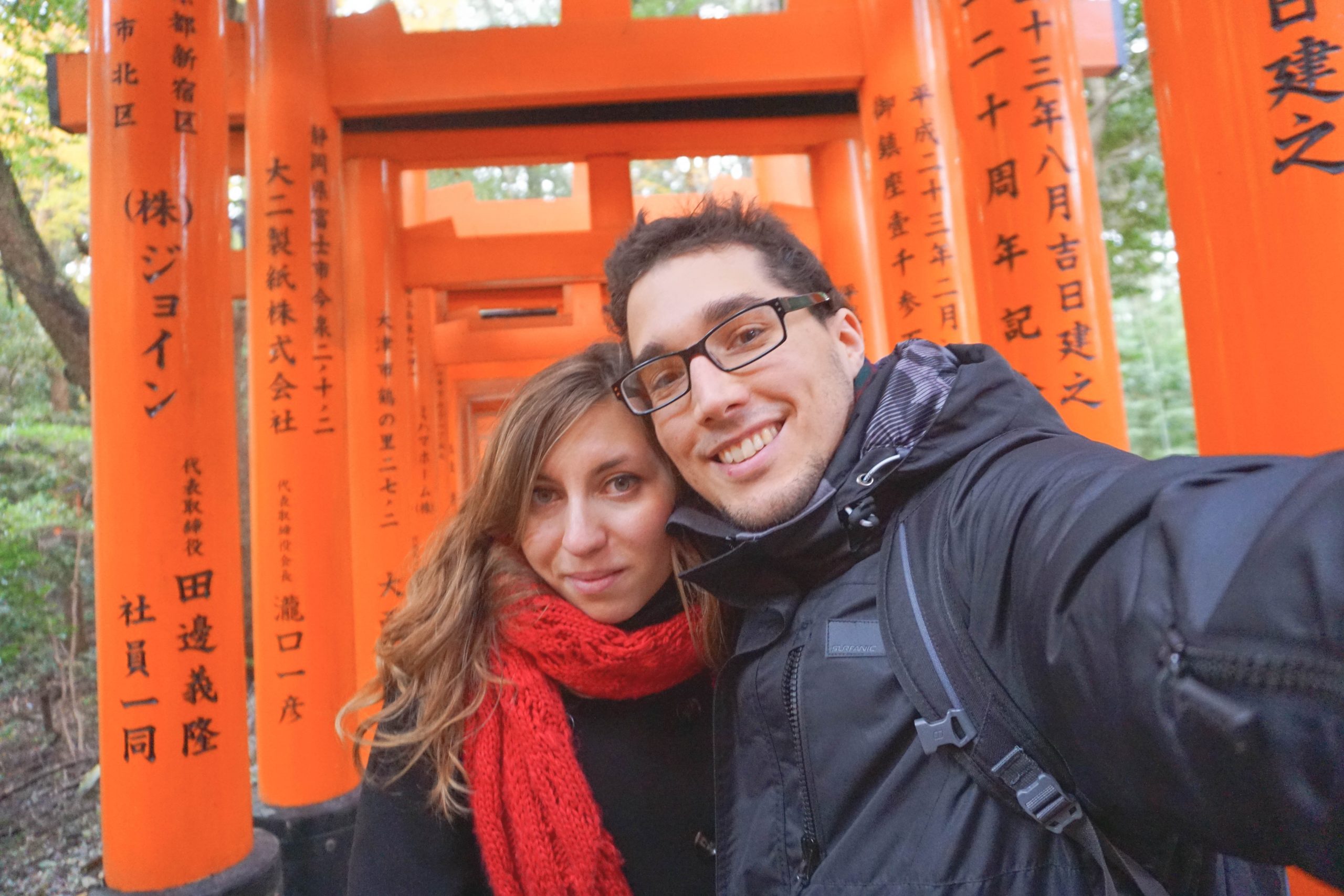
Where to stay in Kyoto?
For this short Kyoto itinerary, it’s a good idea to position yourself either in Higashiyama Ward or central Kyoto. Higashiyama Ward looks the most impressive, and it’s the closest to many traditional attractions.
If you stay in downtown Kyoto near the Kyoto Train Station, you will have easy access to the main subway lines.
These are our recommended hotels for your 2 days in Kyoto.
- Higashiyama – Dhawa Yura Kyoto (perfect for being close to the main attractions)
- Gion – Kyomachiya Gion Kanau (perfect for traditional Kyoto)
- Downtown Kyoto – Mimaru Hotel (great for easy subway access)
➡️ Check our complete guide to Where to stay in Kyoto with details about each location, points of interests and the best hotels.
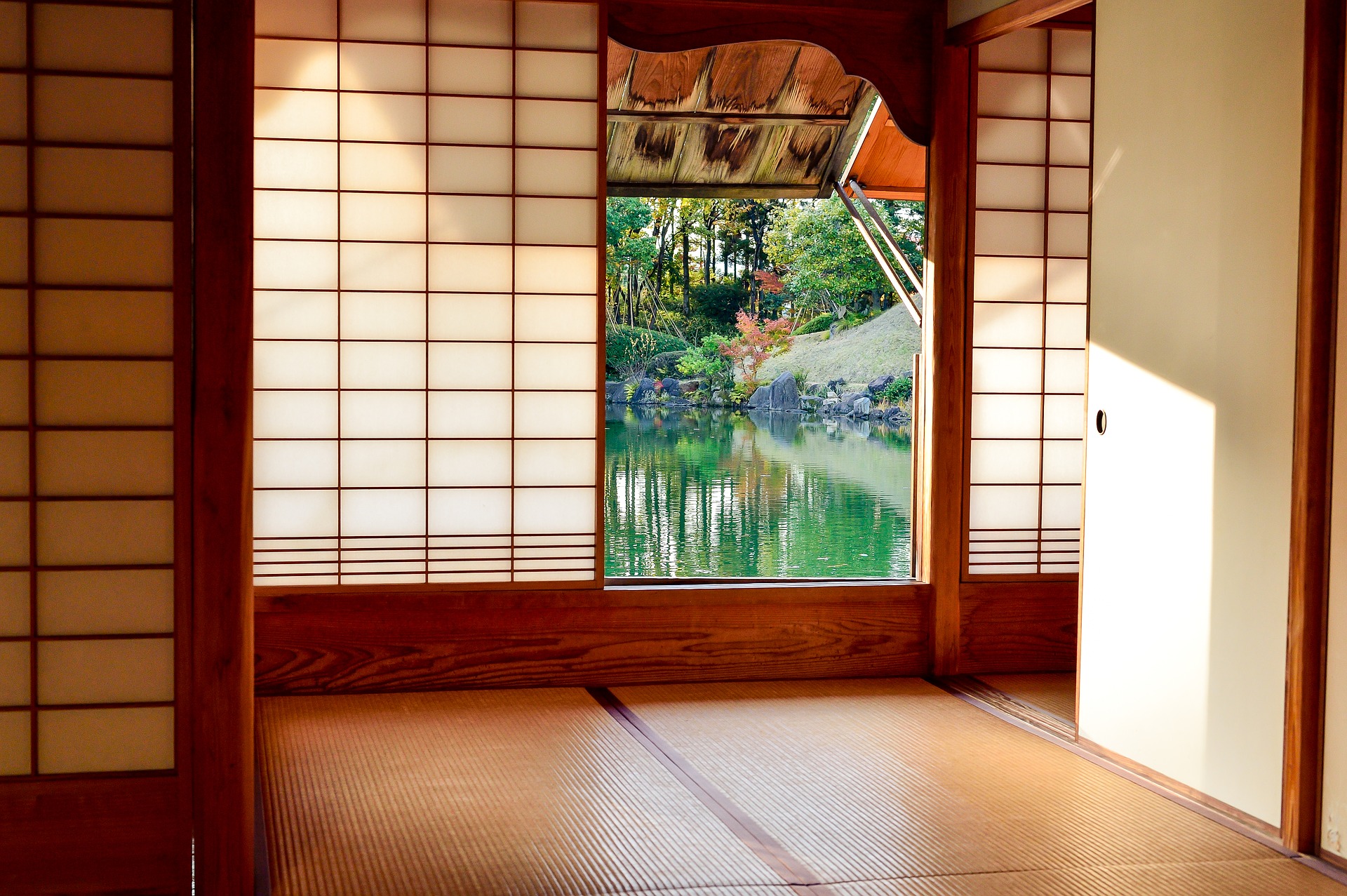
Navigating Kyoto During Your 2-day Itinerary
I recommend visiting most of the sights in Kyoto on foot. This itinerary is done in such as way that you can walk from attraction to attraction and get to enjoy all the things in-between. That said, you can always take the local bus or subway if you don’t fancy walking.
To save time on public transport and not have to worry about buying tickets, grab a local IC card (Icoca, Pasmo or Suica) from the Kyoto Station when you first arrive. These are pre-paid cards that you can use anywhere – even at wending machines.
Kyoto City Bus
The bus in Kyoto is very convenient, you can use it to get to every attraction in the city. Note that during rush hour, all public transport gets busy, especially in the centre. If possible, avoid peak times.
You can pick up a Kyoto City Bus One-Day Pass or a Subway & Bus One-Day Pass at the station and enjoy unlimited travel.
🎫 Kyoto City Bus One-Day Pass
The Pass costs 700 yen for adults and 350 yen for children.
Buy your Pass before your trip
🎫 Kyoto Subway & Bus One-Day Pass
Alternatively, with this pass you can take the subway and bus as many times as you want for one day.
The Pass costs 1,100 yen for adults and 550 yen for children.
You can also use your JR Pass on some trains. I always suggest that you purchase a Japan Rail Pass to save a ton of time and money when travelling across Japan. You can ride the bullet train (Shinkansen) between cities included in the pass and visit anywhere in Japan more efficiently.
🚲 Kyoto Bike Rental
If public transport or walking don’t seem exciting, you can also rent a bike and cycle around Kyoto. The city is relatively flat, and you will have a lot of fun exploring at your own leisure or join a bike tour and explore as part of a group.
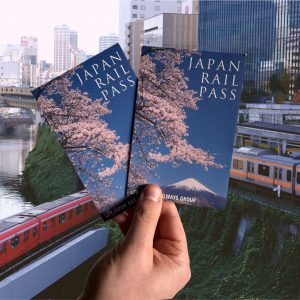
Japan Rail Pass
The optimal way to explore Japan is with a rail pass that is available for durations of 7, 14, or 21 days, offering unlimited travel across the country. Shinkansen included!
Kyoto 2 Day Itinerary Overview
Here’s an overview of what you will do during your 2 days in Kyoto.
Kyoto itinerary 2 days: Day 1
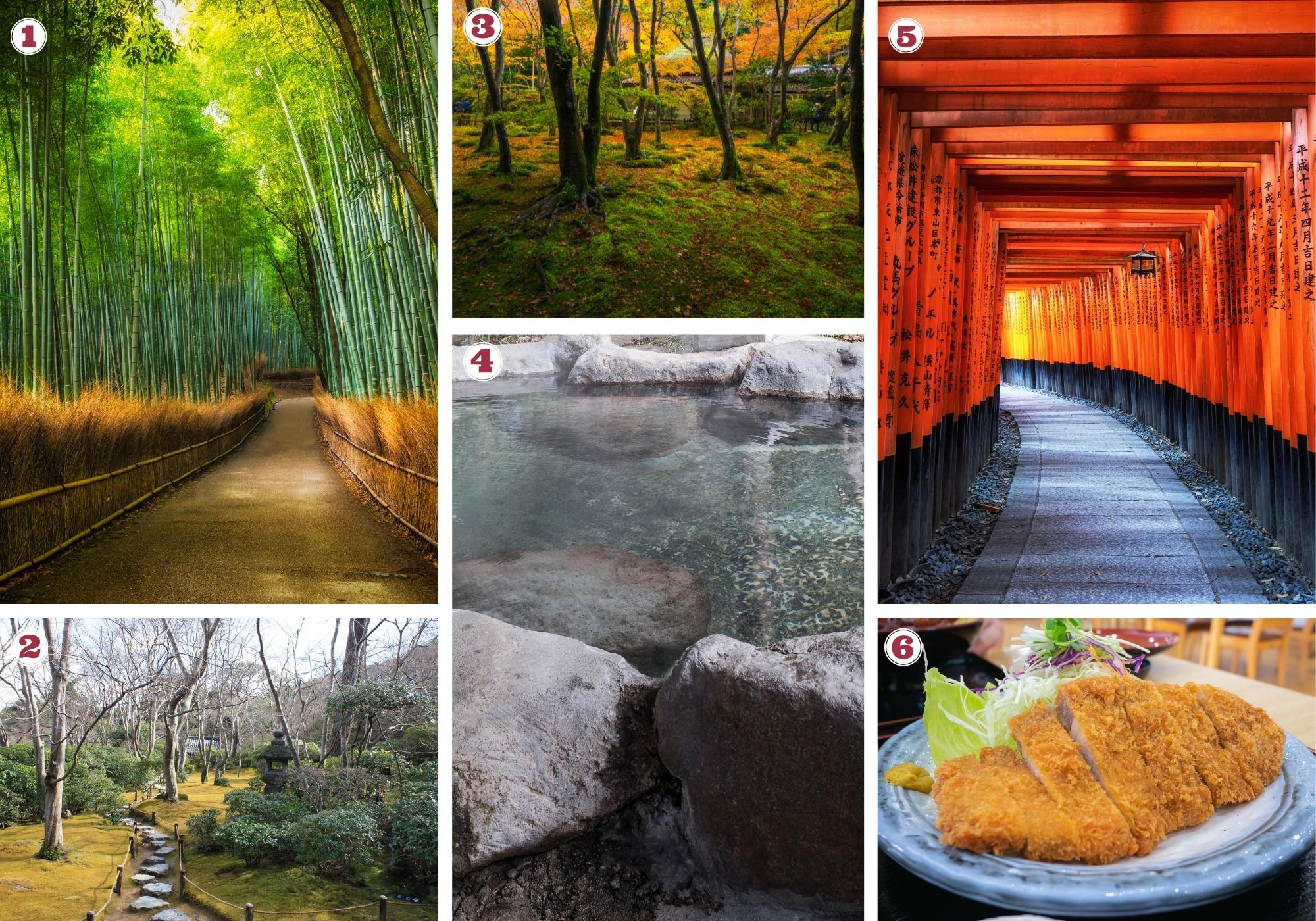
- (1) Arashiyama Bamboo Forest
- (2) Ōkōchi Sansō Garden
- (3) Gio-ji
- (4) Fu Fu No Yu Onsen
- (5) Fushimi Inari Shrine
- (6) Food at Kyoto Station
Kyoto itinerary 2 days: Day 2
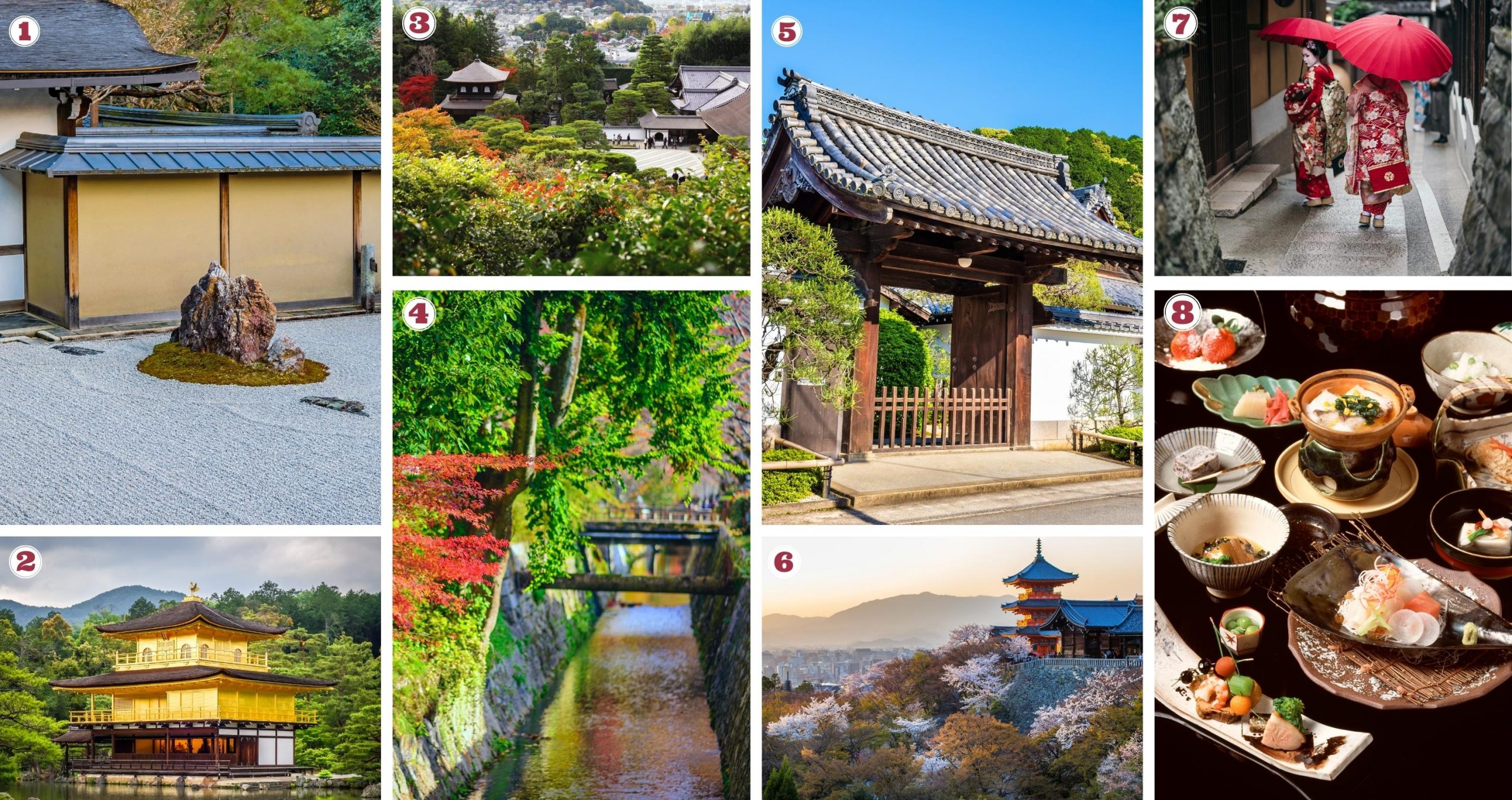
- (1) Ryōan-ji
- (2) Kinkaku-ji
- (3) Ginkaku-ji
- (4) Philospher’s Path
- (5) Nanzen-ji
- (6) Kiyomizu-dera
- (7) Gion (Yasaka Shrine, Maruyama Park, Shijo-Dori, Hanamikoji)
- (8) Kaiseki Dinner
Interactive Kyoto Itinerary Map
Day 1 – Kyoto itinerary 2 days
Day 1 of our 2-day Kyoto itinerary starts early just outside of Kyoto at the Arashiyama Bamboo Forest. We will work our way back into the city and finish the day at the Kyoto Station.
Arashiyama Bamboo Forest
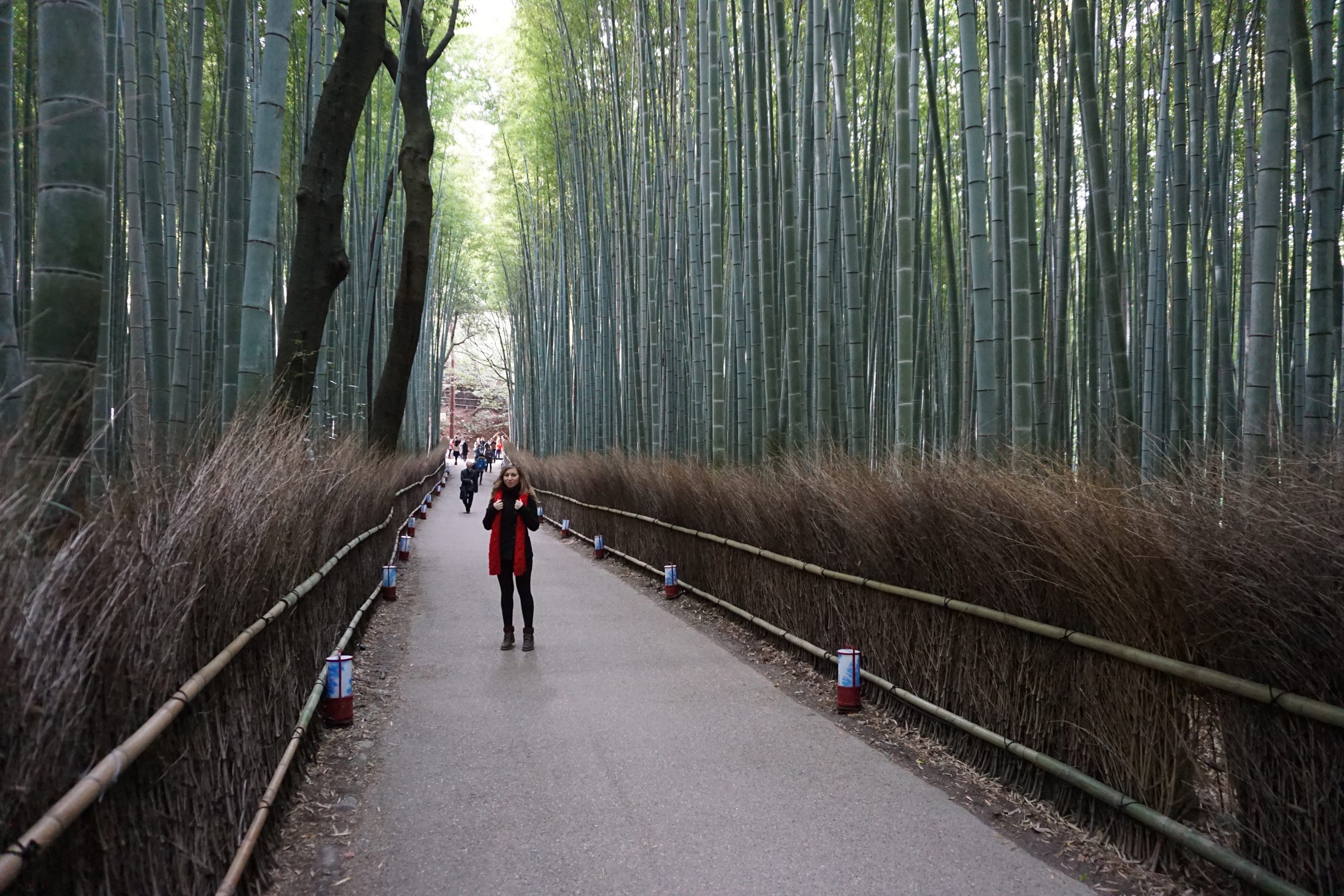
The Arashiyama Bamboo Forest is a lovely, natural attraction located on the outskirts of Kyoto. It is a dense grove of towering bamboo trees that creates a peaceful and calming atmosphere, making it a very popular destination. Because of this, I recommend that you start your day early and make it to the Bamboo Forest by 9 or 10am. Most people arrive by 10:30, and it gets busy by 11am.
The most popular trail is the main path that runs from Nonomiya Shrine to the Okochi Sanso Villa, a scenic route that winds its way through the dense bamboo grove. After the Bamboo Forest, there are many shrines, gardens, and temples waiting to be discovered.
- 🚄 How to get there: Take the San-In Line from Kyoto Station to Saga-Arashiyama Station. From the station, it is about a 10-min walk to Bamboo Grove.
- 💴 Entrance fee: Free. The temples and gardens charge separate fees, usually 200-500 yen.
- 💡 Good to know: If you walk through the bamboo forest when it’s, you might hear the wind producing a soft tune as it blows through the stalks. Fascinatingly, this sound is part of the 100 soundscapes of Japan.
- ✨ Guided tours: Check out Viator and Get Your Guide for tailored experiences in Arashiyama. Rickshaw tours, guided walks and more.
Ōkōchi Sansō Garden
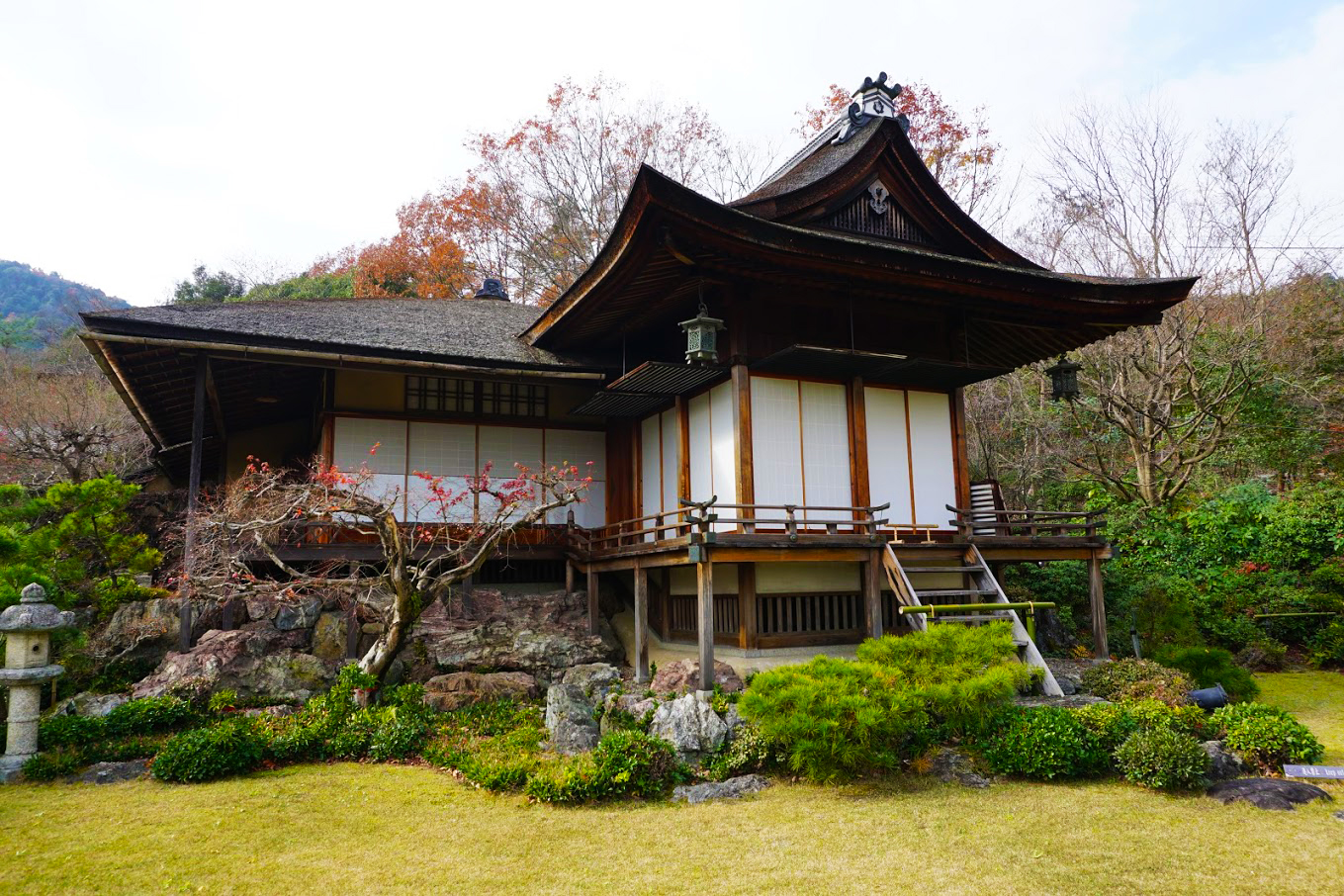
From the Bamboo Forest, continue to the Ōkōchi Sansō Garden (off the main road, on the left), a superb Japanese garden with stunning views of Kyoto and the surrounding mountains.
Ōkōchi Sansō is the former home and garden of the Japanese jidaigeki actor Denjirō Ōkōchi. The villa and the garden grounds are a fine example of traditional Japanese architecture. The teahouse is a representation of the wabi-sabi aesthetic.
It’s a short hike to the observation deck through the garden. This is the perfect lookout spot to marvel at the Okochi Sanso Gorge and the forest covered mountains. During cherry blossom season, the hillside is covered with beautiful cherry blossoms.
🚄 How to get there: Follow the main path through the Bamboo Forest and take the light slope on the left into the garden. You will spot the ticket booth at the entrance.
💴 Entrance fee: 1000 yen, the ticket includes a welcome matcha tea with wagashi.
💡 Good to know: The ticket includes a welcome matcha tea and a wagashi sweet at the teahouse. You can learn more about wagashi and Japanese sweets in this article.
Gio-ji Temple
Gio-ji is a quiet temple known for its incredible moss garden. This was one of our favourite temple grounds in Kyoto. Besides the moss garden, the temple also has maple trees – especially stunning during autumn – and a small bamboo grove – which is great for pictures if the large bamboo forest is too busy.
Gio-ji Temple was named after a dancer, Gio, who fell in love with the Heike Clan’s leader Taira-no-Kiyomori. After their relationship ended, Gio became a Buddhist priestess at this temple and lived the rest of her life here.
- 🚄 How to get there: Follow the path on foot along the edge of the city. You will reach a small carpark. The entrance is on the right.
- 💴 Entrance fee: 300 yen.
Fu Fu No Yu Onsen
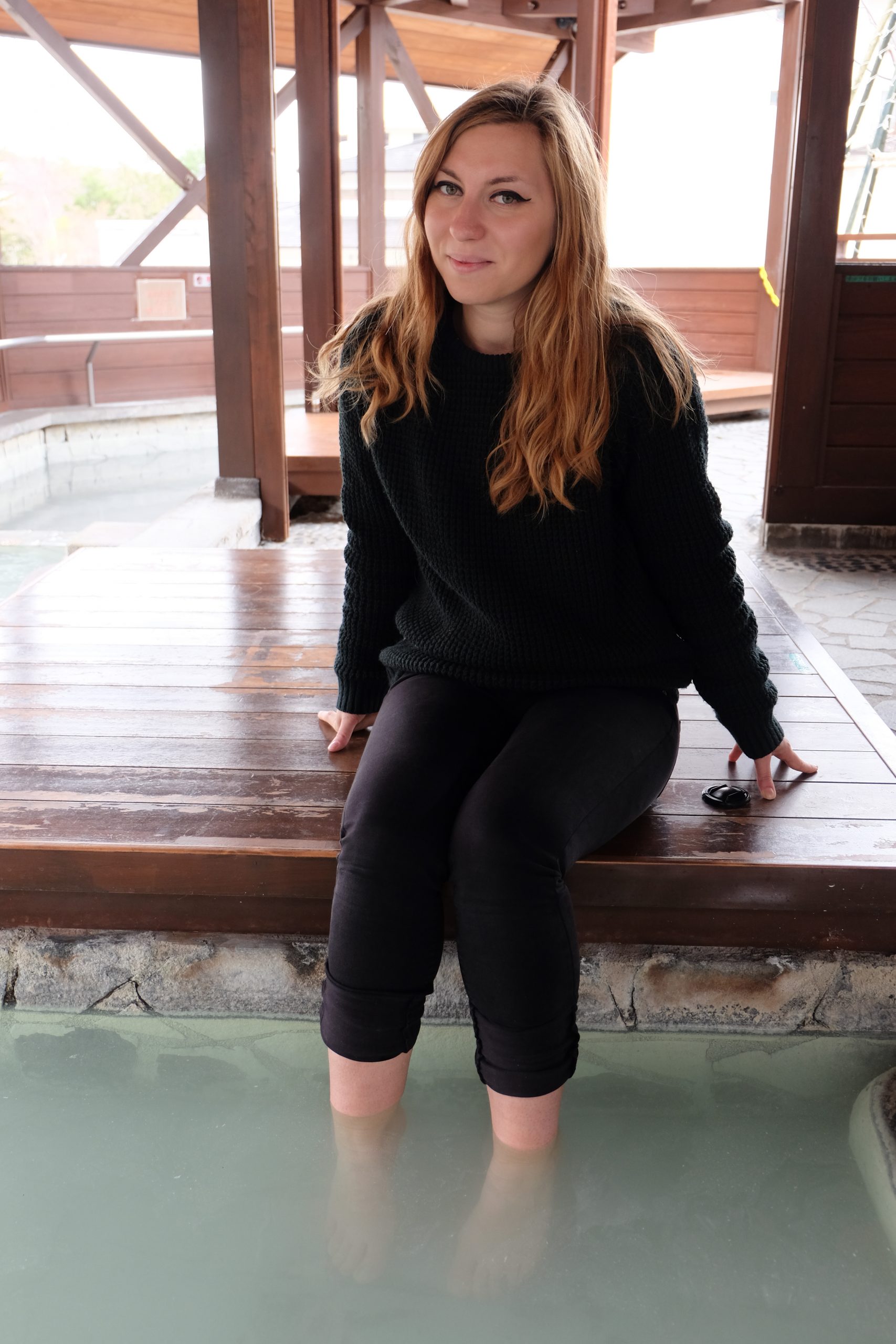
Kyoto is well known for its clear mountain waters, and its hot springs. Book a visit to the Fu Fu No Yu Onsen for a quick relaxing bath outdoors. This is a perfect place for a nice bath after a walk around Arashiyama.
You will rejuvenate and get to experience a traditional, outdoor onsen in Japan. You can rent a towel for just 200 yen, so you don’t have to bring one with you.
After the bath, if you are hungry, you should sit down for some udon and tempura at UDON Arashiyama-tei restaurant. Ask for a table at the window overlooking the river.
- 🚄 How to get there: Follow the main path back through the bamboo forest and cross the Togetsu-kyo Bridge (twice) and turn left. The onsen is at the end of the road on the left.
- 💴 Entrance fee: $5 during the week, $7 weekends. + $1 for towel rental.
- 💡 Good to know: Onsens in Japan usually don’t allow people with tatoos to enter. If you have very visible tatoos, check with the onsen in advance.
As I have mentioned at the beginning of this itinerary, we are on a tight schedule, so it’s time to leave Arashiyama behind and head back to Kyoto. Take the JR Sagano line from Arashiyama to Kyoto Station. Change to the Nara Line and ride until the Inari Station. The entire journey will take around 30-40 minutes.
Fushimi Inari Shrine
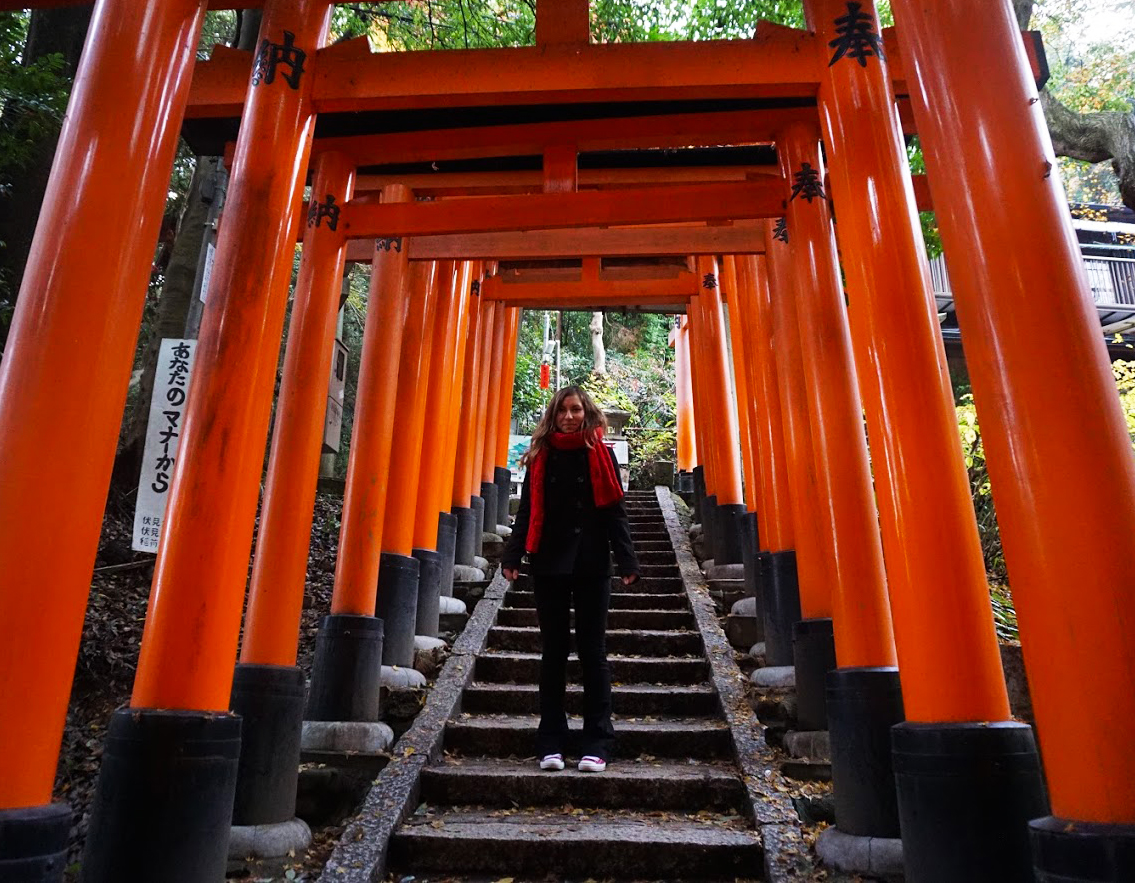
At Inari Station, walk towards the entrance to Fushimi Inari Shrine. Perhaps the most famous sight in Japan, Fushimi Inari Shrine is renowned for its thousands of vermilion torii gates. Experience the whole path by hiking through the gates to the top of Mount Inari.
Since you are arriving here in the afternoon, I highly recommend hiking to the Yotsutsuji intersection to see Kyoto from above. If you decide to hike all the way to the top, make sure to descend and stop at the intersection to catch the stunning sunset. On the right-hand side, in the distance, you should see the Arashiyama hills you just visited.
It takes about 2-3 hours to walk to the top of the hill and descend. On the way, you can stop at many lookout points to catch your breath and marvel at the views. You will come across small shrines and countless fox statues (Inari). These represent Inari, a deity in Japanese Shinto religion, associated with fertility, agriculture, and prosperity.
- 🚄 How to get there: Take the Sagano Line from Arashiyama to Kyoto Station. Change to the Nara line until Inari Station.
- 💴 Entrance fee: Free.
- 💡 Good to know: In our complete guide to Fushimi Inari Shrine article we have put together all the information you need including details on visiting at night.
- ✨ Guided tours: Check out Viator and Get Your Guide for tailored experiences at Fushimi Inari Taisha.
Sushi or Katsukura for Dinner at Kyoto Station
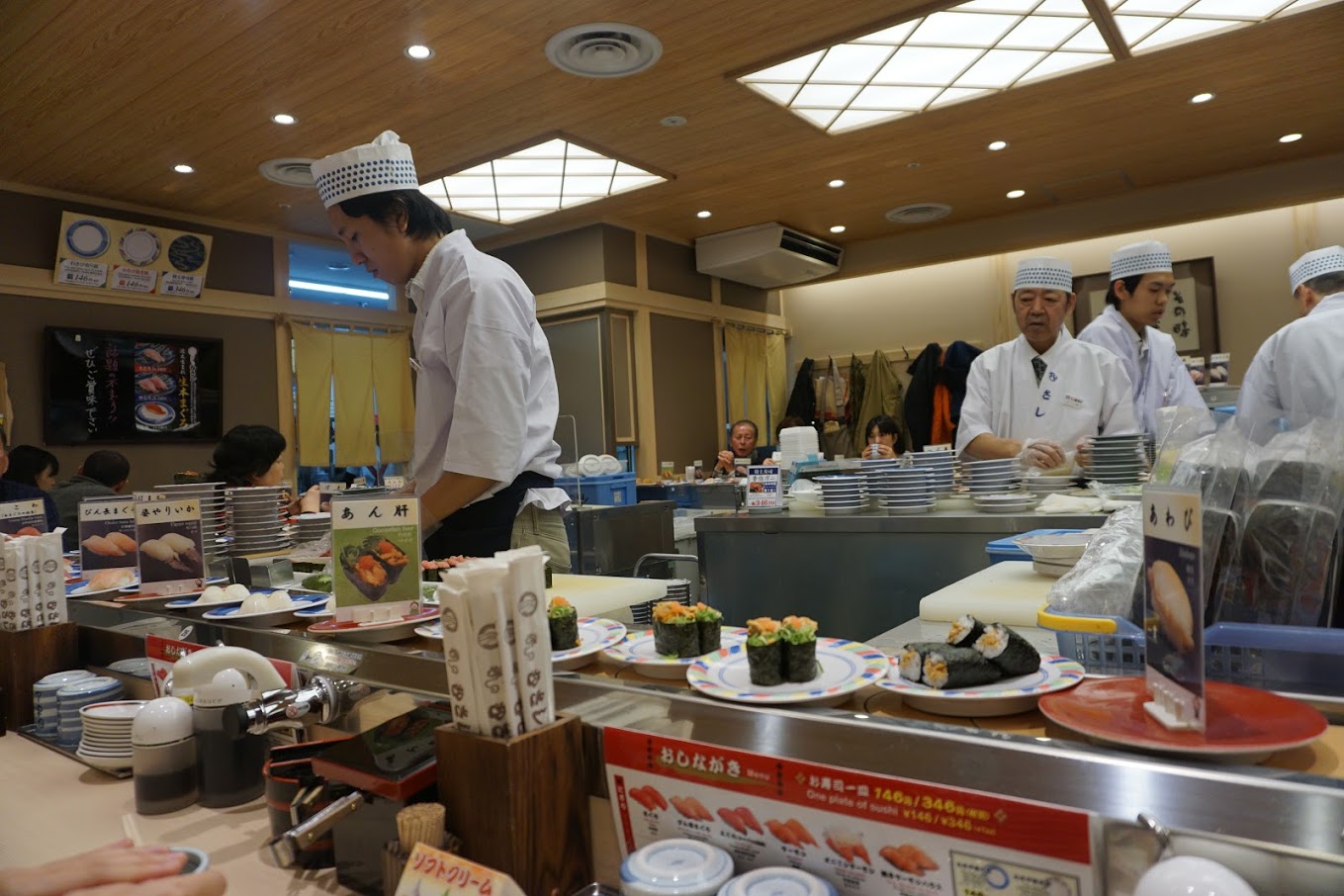
There are two restaurants I recommend for your first evening in Kyoto, one which specializes in sushi and the other in tonkatsu (pork cutlet). Both are located inside the Kyoto Station building.
- 🍣 Sushi no Musashi – Enjoy a sushi train experience, and try a variety of fresh fish sushi. This was one of our favourite sushi places, as it serves a variety of shellfish nigiri you can rarely find elsewhere.
- 🍚 Katsukura – If you prefer a more substantial dinner, head to Katsukura, a delicious tonkatsu restaurant. Tonkatsu is a pork cutlet fried in panko, served with a side of rice, miso soup and shredded cabbage. As a unique touch, this restaurant gives you ingredients, so you can prepare your own sauce while you wait for the food.
After dinner, depending on how tired you are, you can choose to explore in the Kyoto Station area – there are countless stores and shopping opportunities -, or walk to the Kyoto Tower, just outside the station building on the right.
This concludes the first day of your 2-day Kyoto itinerary.
Day 2 – Kyoto itinerary 2 days
Your Kyoto Itinerary on the 2nd day is also going to be fairly busy. You will start the day in the North of Kyoto first, and walk via the Philosopher’s Path back to the centre. I recommend you to start early because there is so much to see. Let’s go!
Ryōan-ji Temple
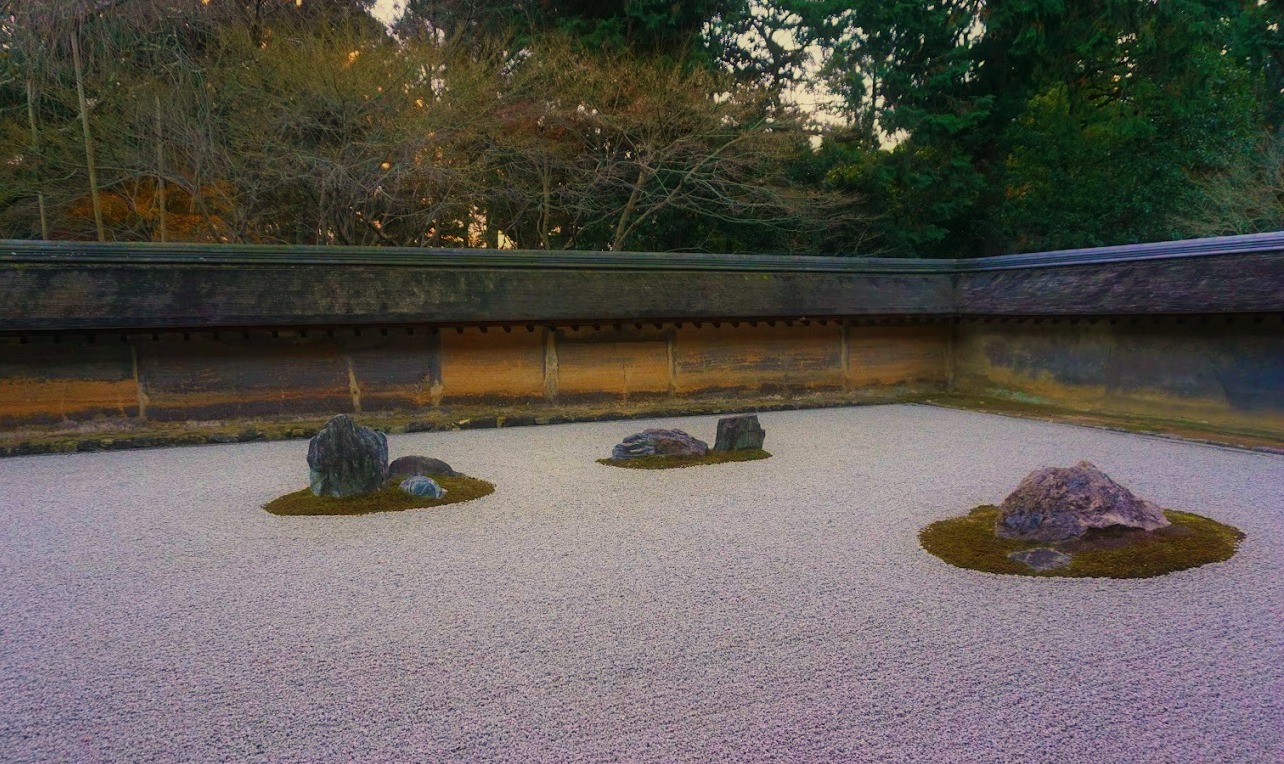
Start your morning by making your way to Ryōan-ji, the scenic 15th century temple with its famous rock garden. The temple was originally built in 1450 as a villa for the aristocrat Yoshimasa Ashikaga, but it was later converted into a Zen temple. Meditate and observe at the Zen garden, then meander around the landscaped grounds.
The karesansui garden is considered one of the finest examples of Japanese Zen gardens. It is a rectangular-shaped garden that is surrounded by a wall. In the centre of the garden, there are fifteen rocks arranged in five groups on a bed of white gravel. The rocks are carefully placed so that, regardless of where one stands, at least one rock is always hidden from view. This design is meant to encourage contemplation and a sense of tranquillity.
- 🚄 How to get there: The fastest way is to take the San-In Line to Nijo Station then switch to Bus 15. The journy take about 30-40 mins depending on traffic.
- 💴 Entrance fee: 500 yen.
- 🕗 Opening hours: March-November: 8am-5pm. December-February: 8:30am-4:30pm.
- 💡 Good to know: The garden is meant to be viewed from a seated position on the veranda.
Kinkaku-ji Temple
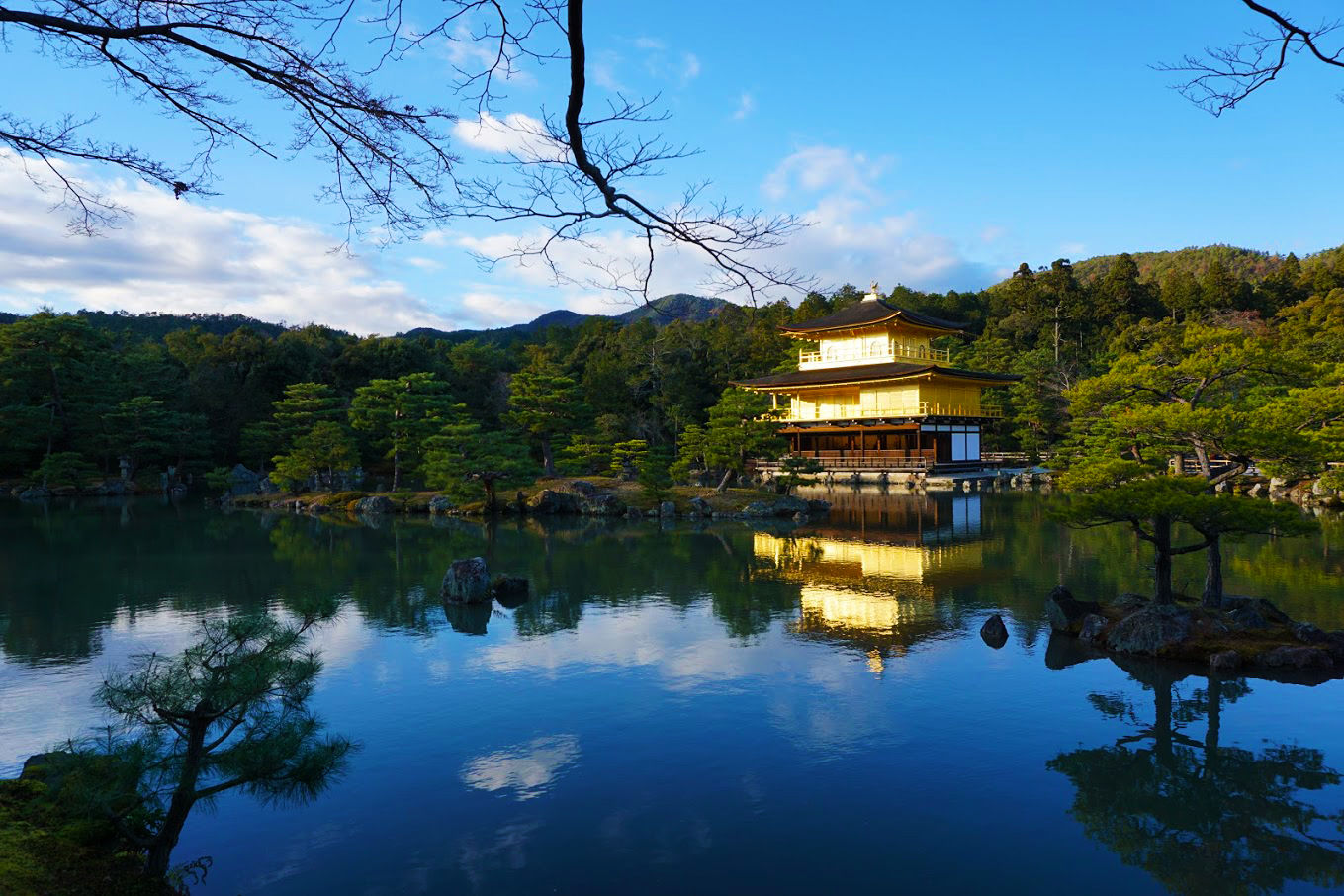
One of the most iconic temples in Kyoto is Kinkaku-ji (the Golden Pavilion). This is a must-see on your Kyoto 2 day itinerary. As you can see in the picture, the top floors are covered in gold leaf, that’s where the temple’s name comes from.
Once known as Rokuonji, the Kinkaku-ji Temple was once the retirement villa of the wealthy shogun Ashikaga Yoshimitsu. According to his will, he wanted the villa transformed into a Zen temple for the Rinzai sect.
Kinkaku-ji is extremely popular and there is always a queue of tourists waiting to take the iconic picture of the Golden Temple with its stunning water reflection and landscape gardens. This is why I put this temple second in this itinerary.
You cannot enter the temple itself, but the landscape gardens are an absolute joy to admire and photograph.
- 🚄 How to get there: Kinkaku-ji is about 20 mins on foot from Ryōan-ji.
- 💴 Entrance fee: 400 yen.
- 💡 Good to know: Kinkaku-ji has been destroyed several times throughout its history, most recently in 1950 when a monk set fire to the building. However, it has always been faithfully restored, and the current pavilion is an exact replica of the original structure.
- ✨ Guided tours: Check out this half a day bus tour that takes you around Kyoto visiting the most important attractions and sights.
Ginkaku-ji Temple
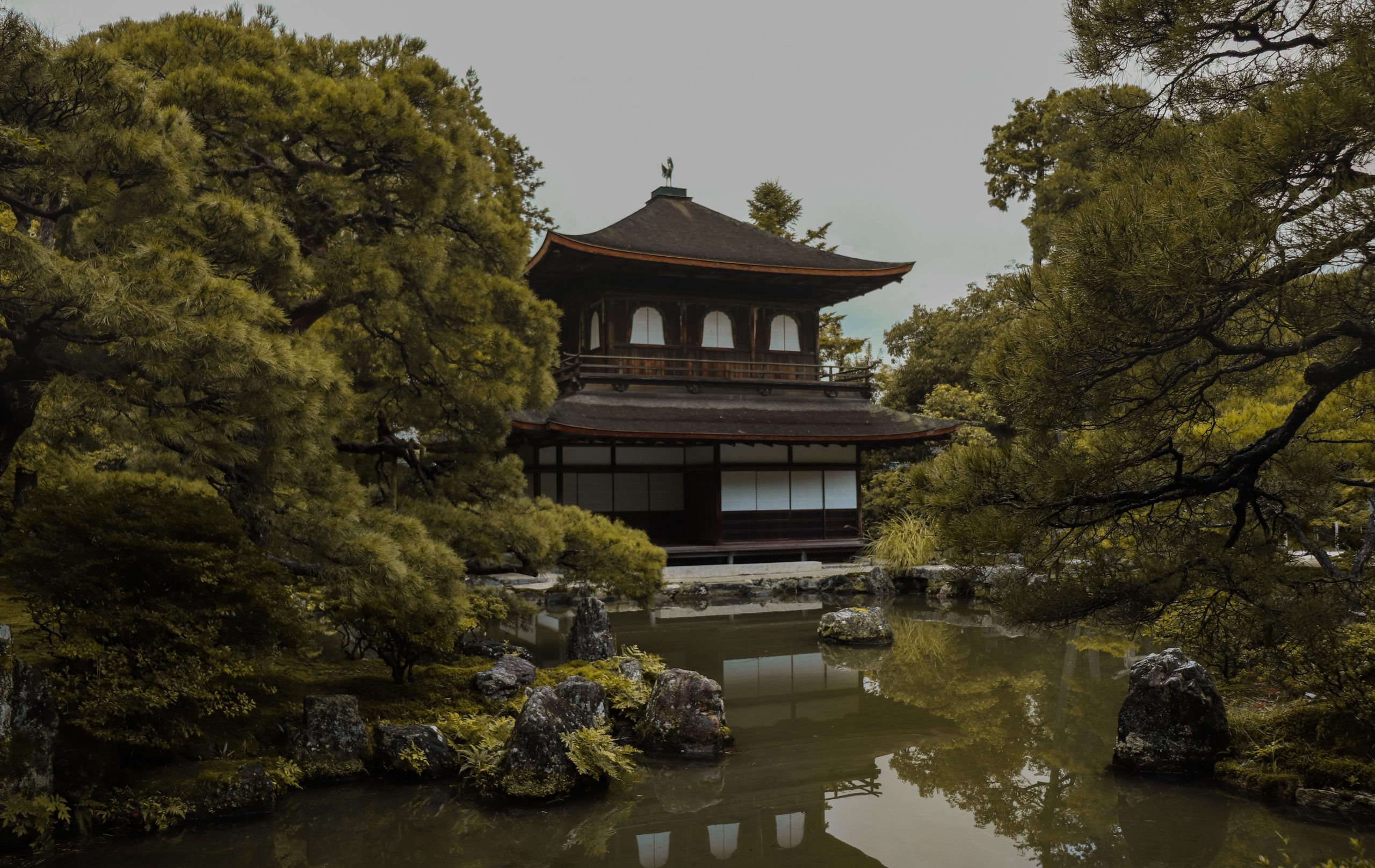
We are going to hop over to the other side of Kyoto to Ginkaku-ji Temple, which marks the start of the Philosopher’s Path. On the map, you will find it as “Higashiyama Jisho-ji”.
Ginkaku-ji is also known as the Silver Pavilion because it was originally intended to be covered in silver leaf, similar to the way the nearby Kinkaku-ji temple was covered in gold leaf. However, due to financial difficulties and political unrest in the 15th century, the plan to cover the pavilion in silver was abandoned, leaving the pavilion with its unpainted, wooden appearance.
Ginkaku-ji, like Kinkaku-ji, was originally commissioned as a retirement villa for the shogun Ashikaga Yoshimitsu. Just like the golden pavilion, it is now a Zen temple as per the shogun’s will.
From the villa, hike up the trail to the observation platform and marvel at the views of Kyoto and the surrounding mountains. After descending, exit the temple ground and join the Philosopher’s Path going south. This is a pedestrian path that follows a cherry tree lined canal between Ginkaku-ji and Nanzen-ji Temples.
- 🚄 How to get there: Take the Sky Hop Sightseeing Bus or Bus 204 (40-50 mins)
- 💴 Entrance fee: 500 yen.
- 💡 Good to know: Kinkaku-ji has been destroyed several times throughout its history, most recently in 1950 when a monk set fire to the building. However, it has always been faithfully restored, and the current pavilion is an exact replica of the original structure.
- ✨ Guided tours: Check out this half a day bus tour that takes you around Kyoto visiting the most important attractions and sights.
Philosopher’s Path
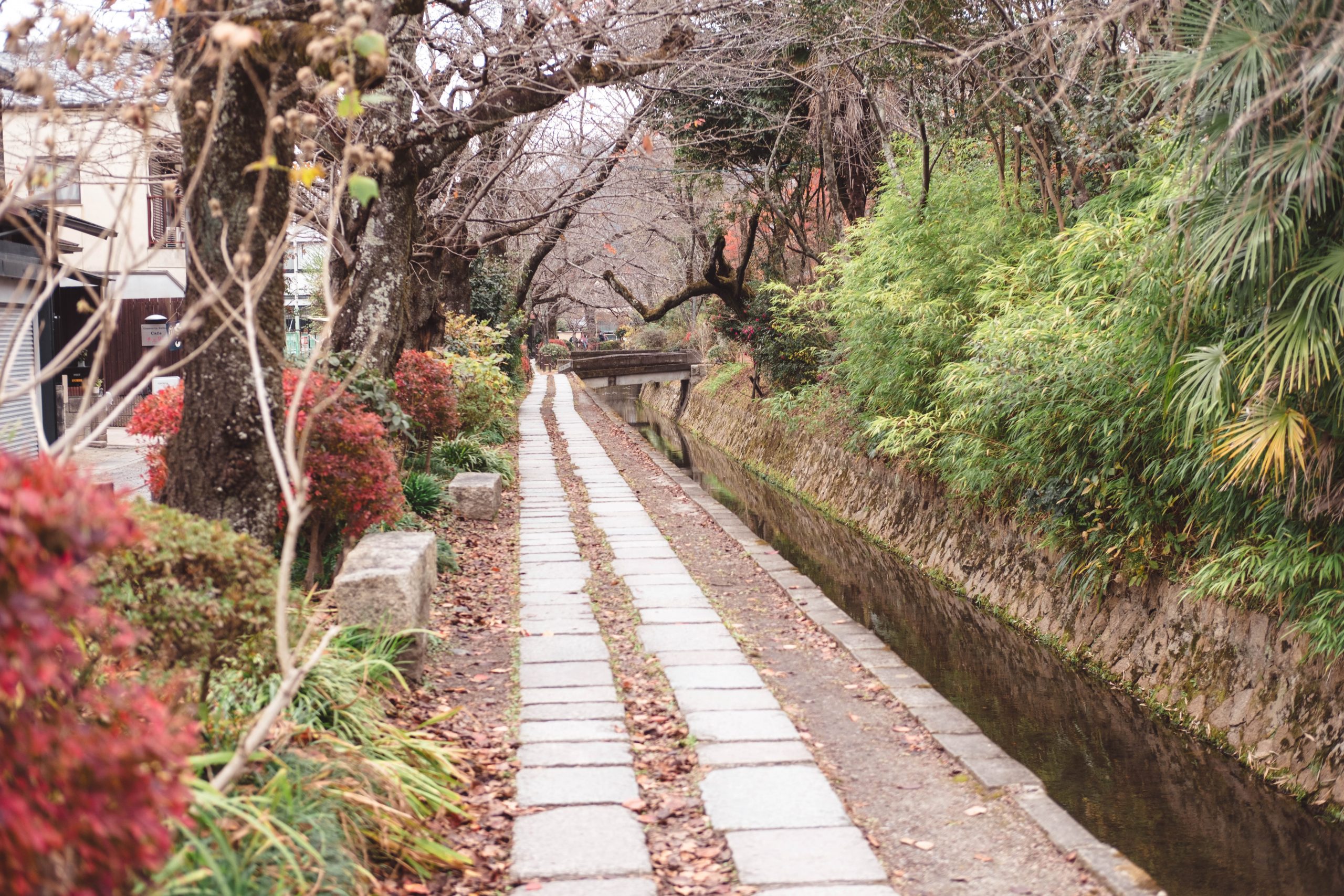
The path is named after Nishida Kitaro, Japan’s famous philosopher, who was said to practice his meditation sessions while walking on this path every day.
Follow on the Philosopher’s Path (Tetsugaku no michi) though the stunning Higashiyama district. It’s very popular during the Sakura Season, as it is one of the best hanami spots in Kyoto.
The Philosopher’s Path also looks stunning during the autumn foliage. The magical bright red leaves make this place an ideal location to meditate and soak up the Kyoto atmosphere.
There are a few restaurants, cafés and smaller temples and shrines along the path, so you will have plenty to explore on your 2 km long walk.
💡 Good to know: In front of Ginkaku-ji temple, between Ginkakuji Bridge and the begining of the path, there is usually a small market with stalls selling street food, ice-cream and souvenirs.
Nanzen-ji Temple
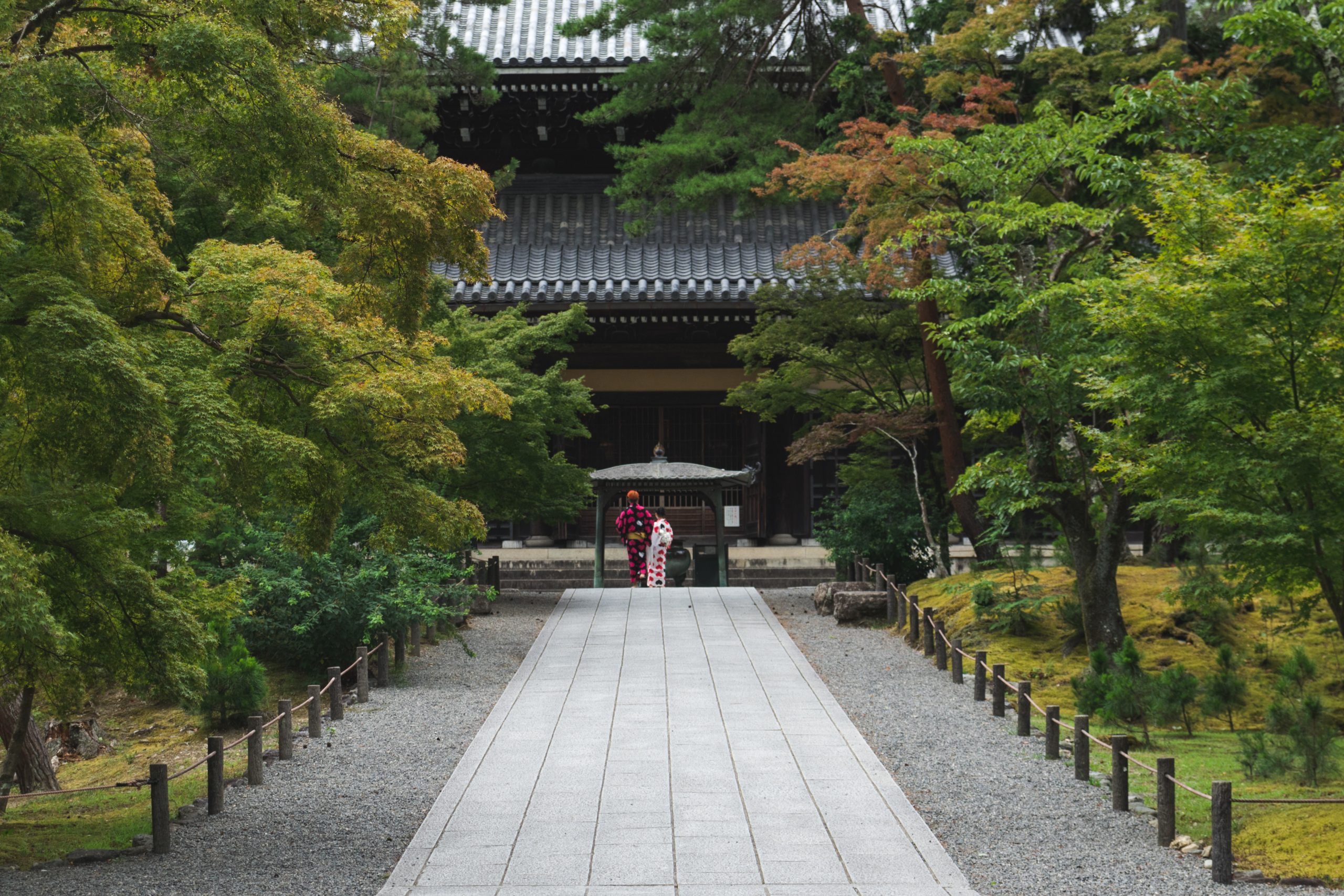
Nanzen-ji Temple is a Zen Buddhist temple located in Kyoto, Japan. It was established in the 13th century by Emperor Kameyama as a place for Zen training, and was later expanded by other emperors and powerful feudal lords. It was believed that Nanzen-ji was once plagued by a dark spirit. The temple was repeatedly destroyed by fire in 1393, 1447, and 1467, rebuilt in 1597.
Inside, visit the Hojo, the head priest’s quarters, which is known for its exquisite fusuma (sliding doors) paintings. These paintings were created by the Kano school of artists in the 17th century and depict scenes from Japanese history and mythology.
Explore the expansive temple grounds with its numerous buildings, gardens, and a large gate, called the Sanmon Gate. The main garden, called the Seiryo-den, was designed by the famous landscape architect Kobori Enshu in the 17th century. It features a large pond, a waterfall, and a small teahouse. The garden is particularly beautiful in the autumn, when the leaves change colour.
Next to the priest’s quarters, there is a brick aqueduct that was constructed in the Meiji period as part of a water system for the nearby Lake Biwa. It is a unique feature that can be seen from certain areas within the complex.
- 🚄 How to get there: Walk along the Philosoper’s Path and continue towards the Imperial Envoy Gate.
- 💴 Entrance fee: Free for the grounds, but entiry to the temple buildings have a small fee.
- 🍜 What to eat: Try boiled tofu at Okutan Nanzenji Tofu Restaurant. Open between 11am and 2pm, the restaurant serves tofu dishes that you must try.
The next stop is a bit further away, in the south of Kyoto. You will have to walk about 45 mins through the city and Maruyama Park towards Kiyomizu-dera. The walk is well worth it.
Unfortunately, there are no good bus connections here. If you don’t fancy the walk, a taxi will take you there in about 15 mins. Look for the Nanzenji Taxi Stand just outside the main gate or call an Uber.
Kiyomizu-dera Temple
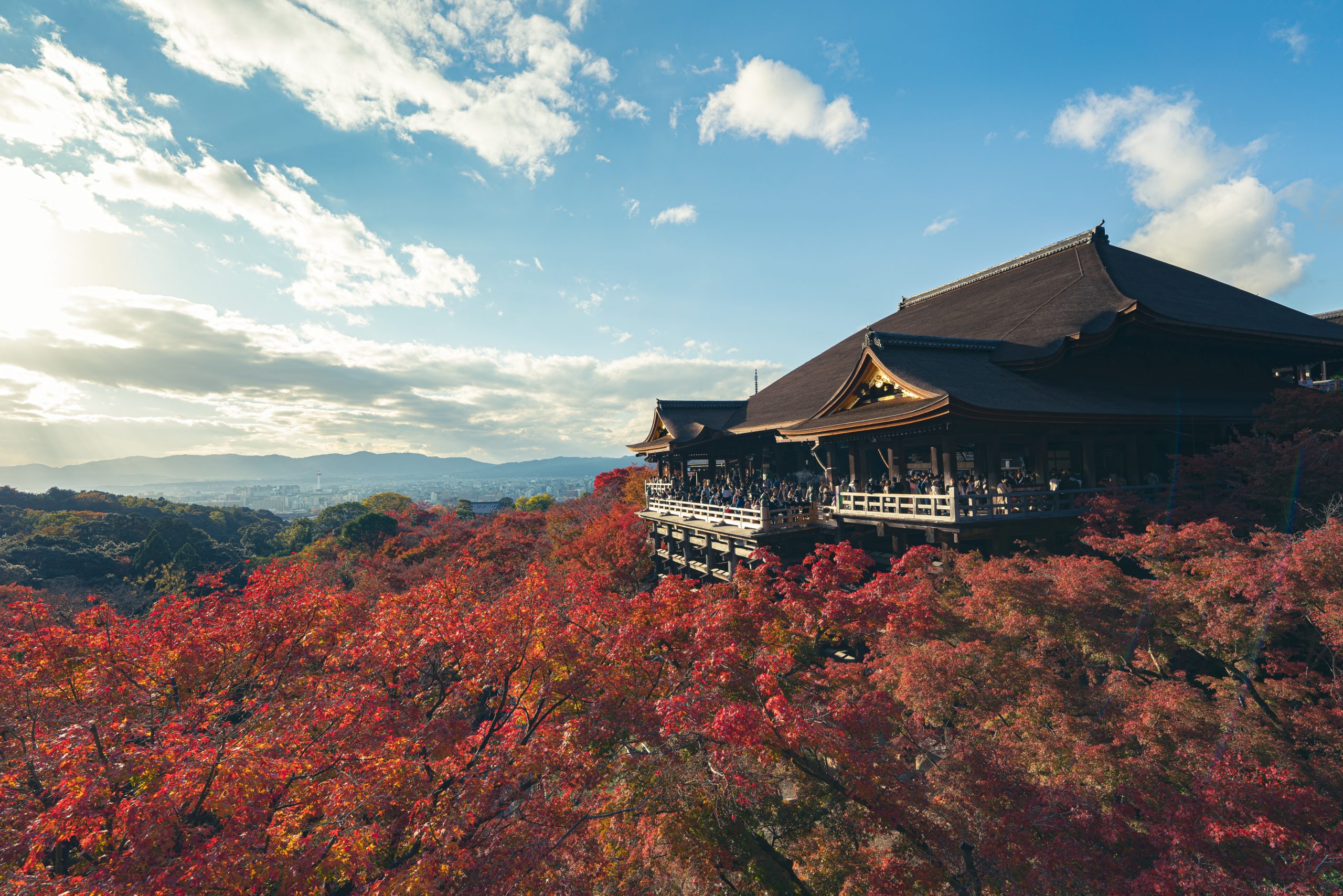
Kiyomizu-dera Temple is a stunning Buddhist temple and a UNESCO World Heritage Site. The temple is well known for its impressive viewing platform, the three-storey pagoda and the pure, medicinal waters at the Otowa Spring.
One of the most striking features of Kiyomizu-dera is its large wooden veranda, which juts out from the main hall and offers a breathtaking view of the surrounding forest and valley below. The veranda is supported by a network of 139 wooden pillars and is said to have been constructed by skilled craftsmen without the use of any blueprints or nails.
Follow the main path to the Koyasunoto Pagoda. You might have seen this red pagoda from the veranda earlier. This is a perfect spot to take pictures of the Kiyomizu-dera Temple.
- 🚄 How to get there: Walk about 45 mins through the city and Maruyama Park towards Kiyomizu-dera. Alternatively, take a taxi or Uber.
- 💴 Entrance fee: 400 yen.
- 💡 Good to know: According to an Edo-period tradition, if one were to survive the 13-metre jump from the temple veranda, they would be granted a wish. During the Edo period, 234 jumps were recorded, and of those, 200 survived.
Traditional Japanese Tea Ceremony
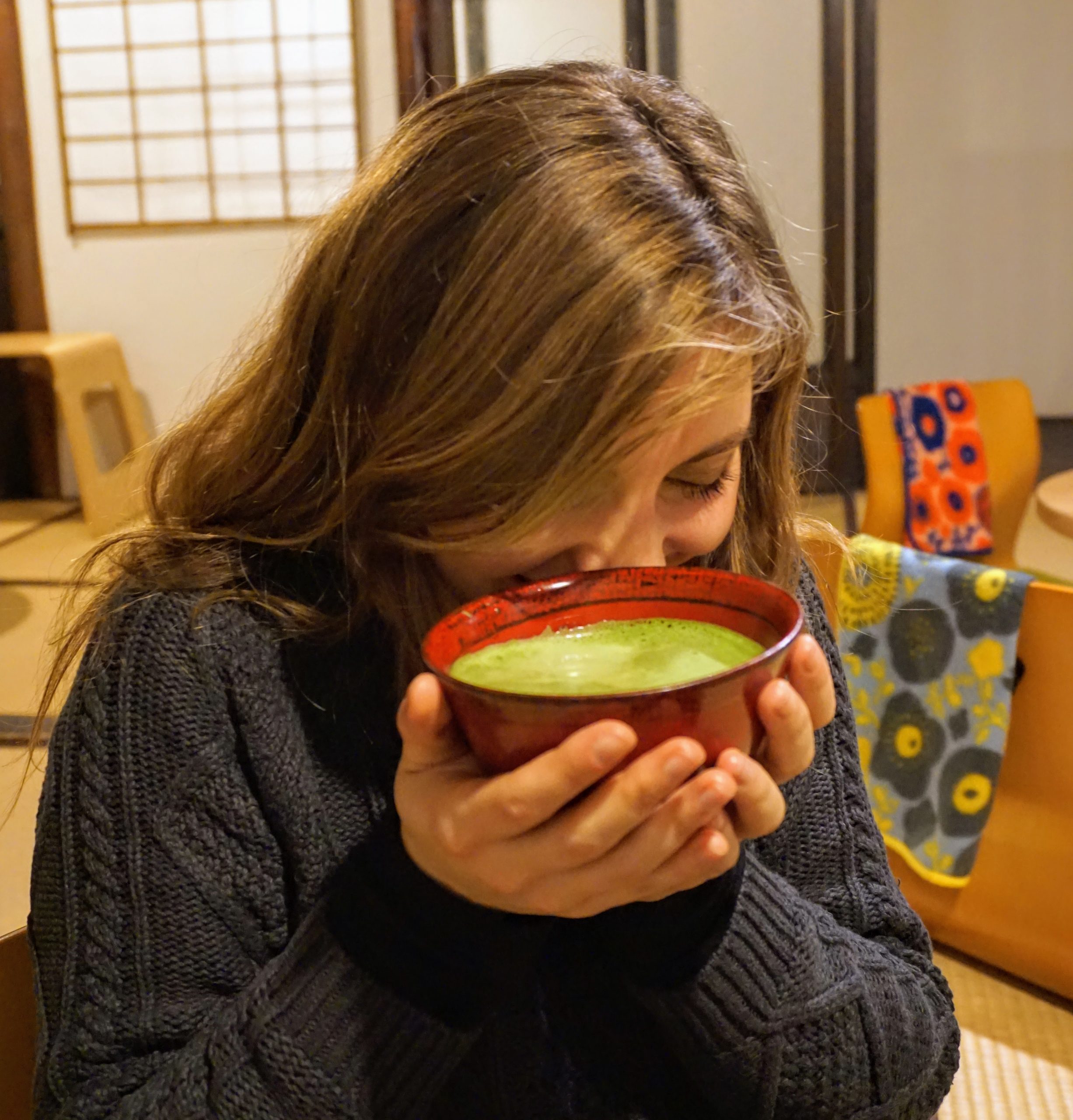
If you are like me and are fascinated by the Japanese culture, then you will want to book a tea ceremony during your Kyoto 2 day itinerary. The ceremony takes just 45 minutes in a traditional tea house located 10 minutes walk from Kiyomizu-dera.
The centuries old ritual of making and enjoying matcha tea is extremely fascinating because it helps people connect with Japanese history and way of life. The ceremony is also an opportunity to ask questions about Japanese traditions.
Kyoto’s Gion District
After the long day, explore the atmospheric, narrow alleyways of the Gion District. Gion is my favourite area in Kyoto because of the traditional architecture, tea houses and kaiseki restaurants. It’s also the best place to spot geishas.
Walk the well-preserved alleys in Gion and make your way to Yasaka Shrine. Once called Gion Shrine, Yasaka Shrine is a popular Shinto Shrine considered to be a powerful place for love in Kyoto. Yasaka Shrine consists of several buildings including large Vermillion gates, a main hall and a stage. The famed Gion Festival, with a tradition of more than 1150 years, takes place at Yasaka Shrine.
Walk around Maruyama Park and see the popular weeping cherry tree located at the heart of the park. In the evenings, this special tree is illuminated, making the park and the pond around it atmospheric and inviting.
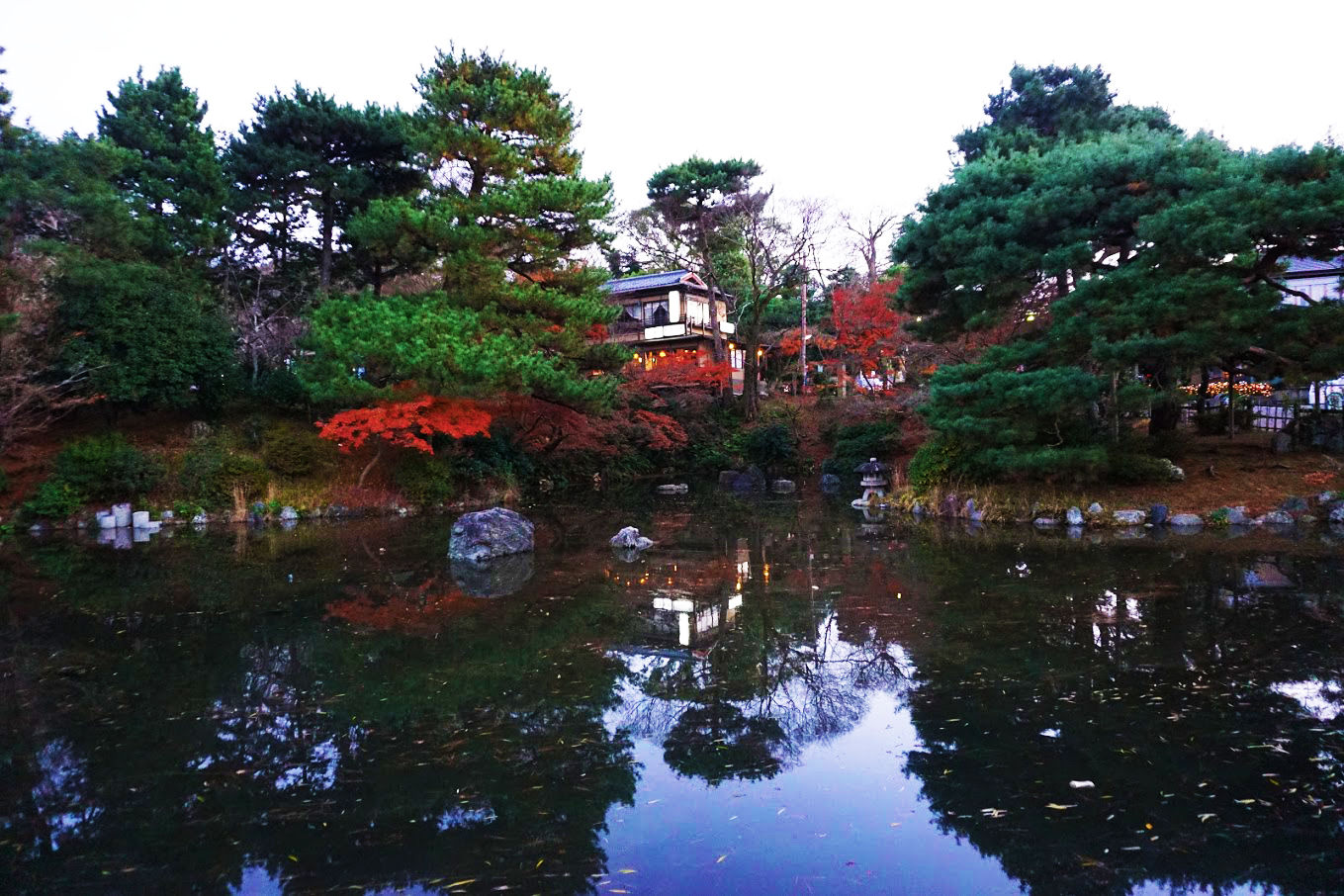
Walk on Shijo-dori, the best place to find traditional Kyoto snacks like Yatsuhashi, ideal for souvenirs from Japan. It’s also a great place for desserts, drinks and street food.
Don’t miss the Hanamikoji Street, one of the best places for geisha spotting in Kyoto. The street, which means “blossom viewing lane” is a well-preserved historic street and a popular tourist attraction. For an expensive souvenir, go into a kimono shop here and purchase your own silk treasure.
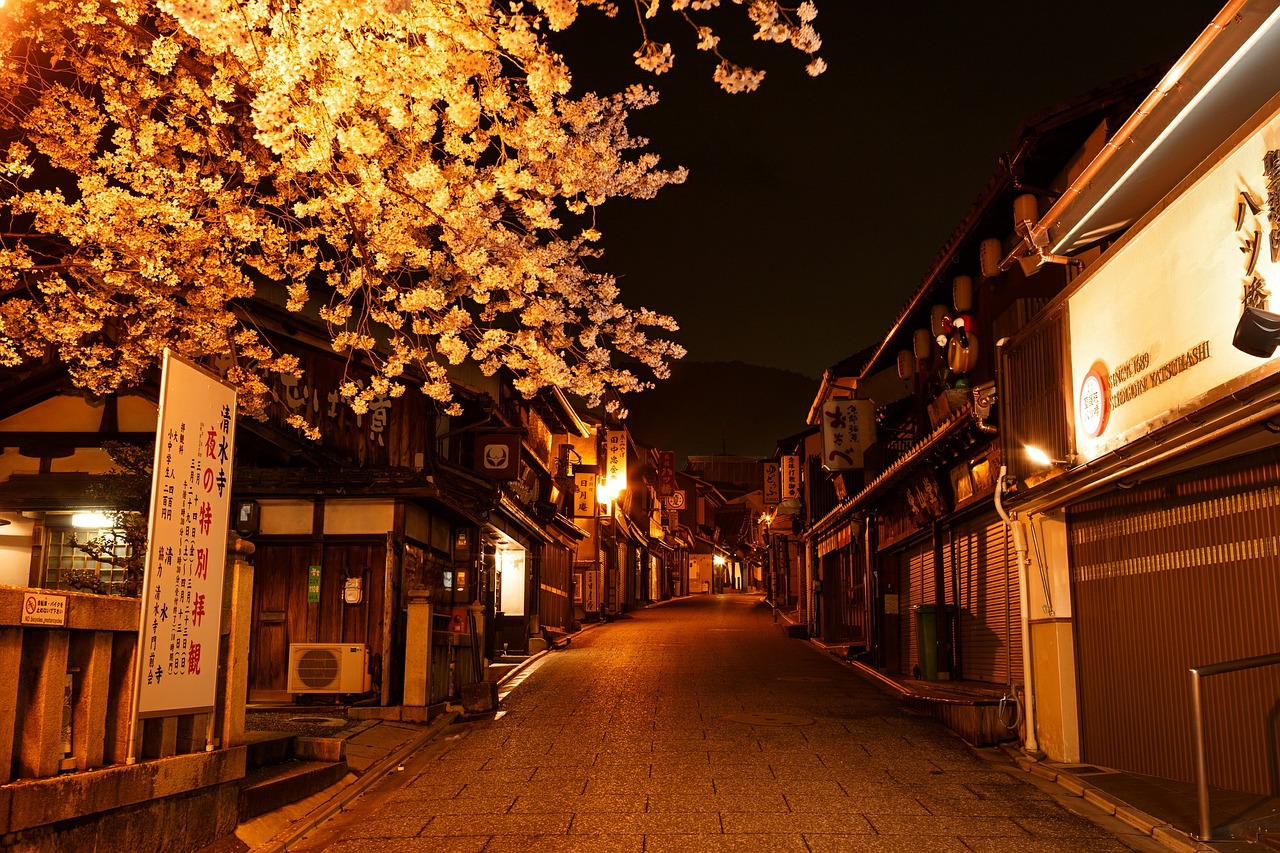
Kaiseki Dinner
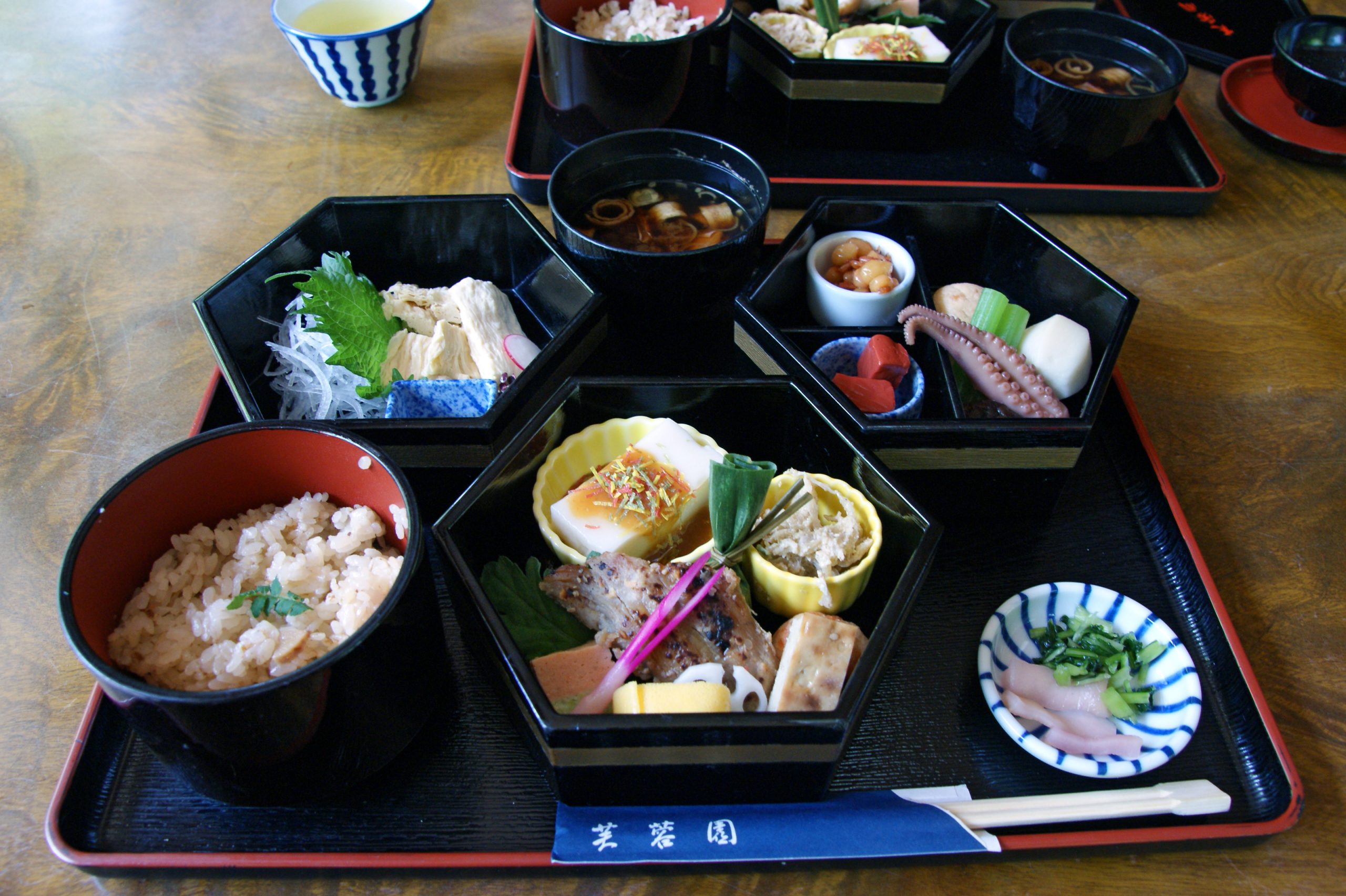
End your Kyoto 2 day itinerary with the best food experience the city is known for: kaiseki. Kaiseki is a traditional multi-course Japanese dinner made up of beautifully plated dishes. It takes a lot of skill and patience to create such dinners, and chefs train for years to perfect their craft. Kaiseki dinners sometimes change weekly because they are made with only the freshest seasonal ingredients.
We ate our way around Japan, and I highly recommend trying Kaiseki when visiting Kyoto. Here are my favourite restaurants:
- Hanasaki Manjiro – This is our favourite restaurant for high end kaiseki in Kyoto. You’ll dine in a period house with tatami floors and if you reserve a meal of over 10,000 yen ($70 per person) you could opt for a private room. Private rooms are limited, and we recommend booking yours well in advance. We especially love it that this restaurant can arrange for a maiko private dinner for an extra special celebration.
➡️ Address: 518 Washiocho, Higashiyama Ward, Kyoto, 605-0072 - Kikunoi Restaurant – This is by far the best option for Kyoto if your budget allows it. A Michelin star restaurant ran by chef Yoshihiro Murata, the only 7 Michelin star chef in the world. You can expect the absolute best meal, with exquisite presentation, in one of the most beautiful private rooms with tatami and garden view. Kikunoi is usually fully booked at least 2 months in advance. Reserve your table via Tableall.
➡️ Address: 〒605-0825 Kyoto, Higashiyama Ward, Shimokawaracho, 459 - Sakuragawa – Expect fantastic hospitality and beautiful seasonal ingredients. You’ll love how every dish is made with so much skill and perfection. The presentation is incredible and the food is exquisite. What made this restaurant stand out for us was that we could watch the food preparation at the counter. The counter is considered sacred, and in this restaurant, is hand made from Japanese cypress.
➡️ Address: 491 Kamikorikicho, Nakagyo Ward, Kyoto 604-0923
🍱 Special kaiseki dinner: End your Kyoto itinerary with a special private dinner with a Geisha, or go for a formal dance and musical performance.
This concludes the second day of your Kyoto Itinerary. I hope you had a lot of fun!
Final thoughts
There are so many wonderful things to do in Kyoto, and you can easily end up spending weeks here. Based on our experience travelling around Japan, we think 2 days in Kyoto is just about enough time to catch the major highlights.
Kyoto is one of the most beautiful cities in the world, and definitely a must-visit when you are in Japan. From ancient temples, landscape gardens and epic food, Kyoto bursts with infinite points of interests and attractions.
More travel tips for Japan
- Is Japan expensive? The total cost of a trip to Japan
- Best time to visit Japan
- Planning a trip to Japan
- What to pack for Japan
- What to wear in Japan
- How to behave in a Japanese restaurant
- Japanese manners and etiquette
- 7 days in Japan itinerary
Frequently Asked Questions
Is 2 days enough in Kyoto?
Two days in Kyoto can give you a taste of the city’s rich history, culture, and cuisine, but it may not be enough time to see everything. It really depends on your travel style and priorities.
If you’re interested in visiting some of Kyoto’s famous temples and shrines such as Kiyomizu-dera, Fushimi Inari Shrine, and Kinkaku-ji, then two days could be enough time to see these highlights. You can also explore some traditional neighbourhoods like Gion and Nishiki Market to get a sense of Kyoto’s unique culture and cuisine.
However, if you want to delve deeper into the city’s rich history and culture, or if you would like to explore some lesser-known attractions, then I recommend spending at least 3 days in Kyoto.
Should I spend 2 or 3 days in Kyoto?
If you have the option to spend three days in Kyoto instead of two, I would highly recommend it. An extra day will allow you to see more of Kyoto’s attractions, delve deeper into its history and culture, and have more time to relax and explore at a leisurely pace.
With three days in Kyoto, you can visit some of the city’s most famous temples and shrines, such as Kiyomizu-dera, Fushimi Inari Shrine, and Kinkaku-ji, as well as some lesser-known but equally impressive ones, such as Ryoan-ji and Sanjusangendo.
You can also take a stroll through the traditional neighbourhoods of Gion and Higashiyama, explore the bustling Nishiki Market, and visit the impressive Kyoto Imperial Palace.
The extra third day will allow you more flexibility to experience Kyoto’s food scene, which is considered one of the best in Japan. You can sample a variety of local dishes, including traditional kaiseki cuisine, street food, and matcha sweets.
I have tried to compress all these into our 2 days in Kyoto Itinerary, but the truth is, I had to leave out some really fantastic places as there was just not enough time for all.
How many days do you need for Kyoto?
I recommend spending at least 3 days in Kyoto. But, to truly experience and appreciate Kyoto’s rich culture, history, and attractions, I would recommend spending at least 4-5 days in the city.
With this amount of time, you can visit all the must-see attractions, including the famous temples and shrines like Kiyomizu-dera, Fushimi Inari Shrine, and Kinkaku-ji, as well as some lesser-known but equally fascinating sites like Nijo Castle and Ginkaku-ji.
You can also explore the traditional neighbourhoods of Gion, Higashiyama, and Pontocho, visit the bustling Nishiki Market, and experience Kyoto’s renowned food scene. Additionally, with an extra day or two, you can take a day trip to nearby destinations like Nara, Osaka, or Hiroshima.
By spending 4-5 days in Kyoto, you’ll have enough time to fully immerse yourself in the city’s unique culture, history, and traditions, and also have some flexibility to relax and explore at a more leisurely pace.
Is 1 night in Kyoto enough?
One night in Kyoto is not enough time to fully experience and appreciate the city’s rich culture, history, and attractions. However, if you really don’t have more time, take a look at my 1 day in Kyoto Itinerary to help you plan. You will have a lot of fun and you will love the place!

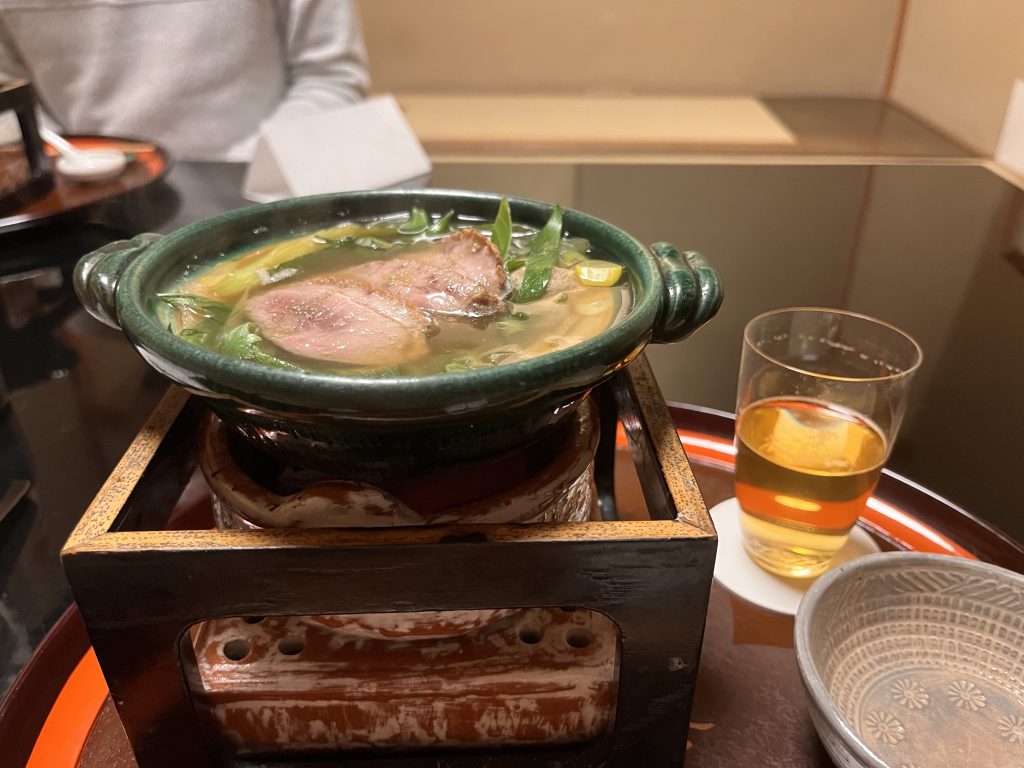
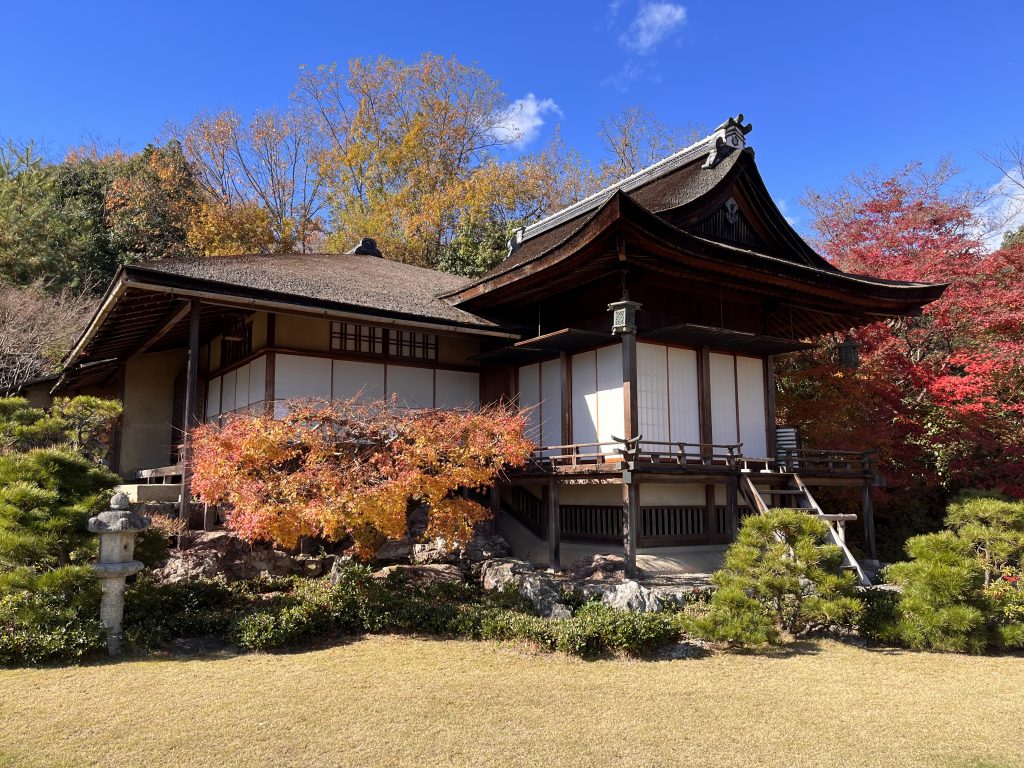
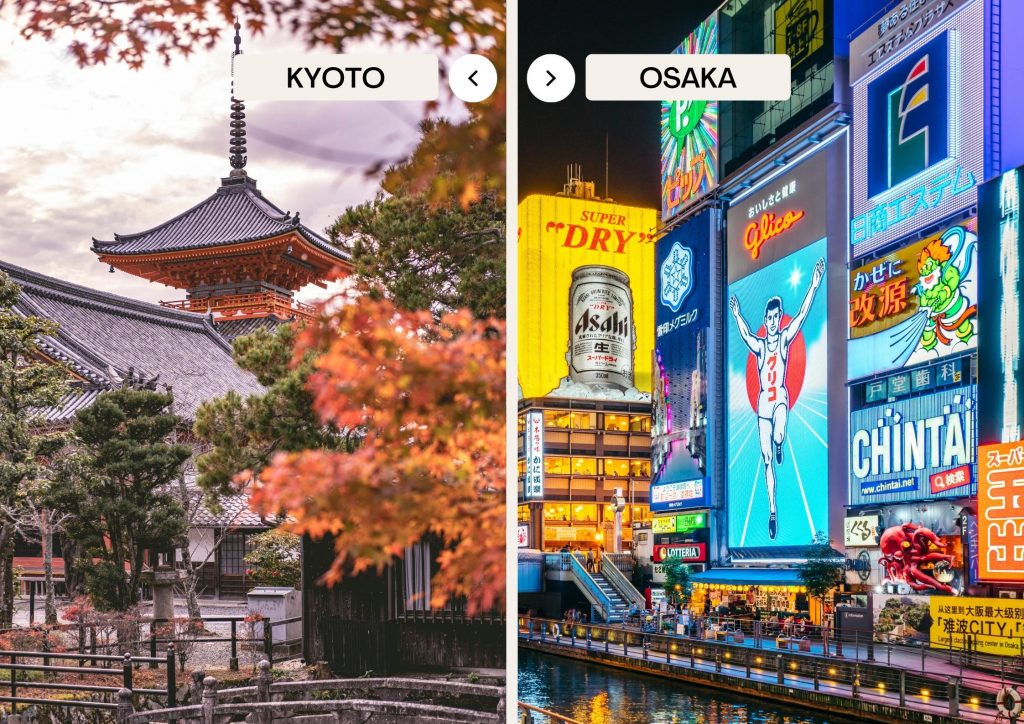
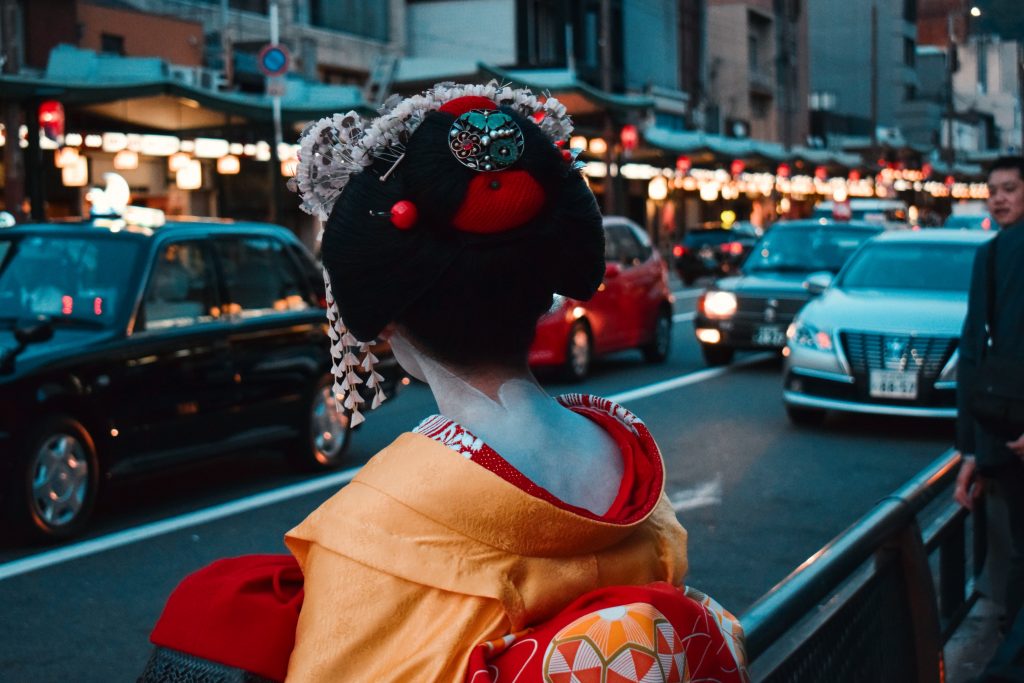
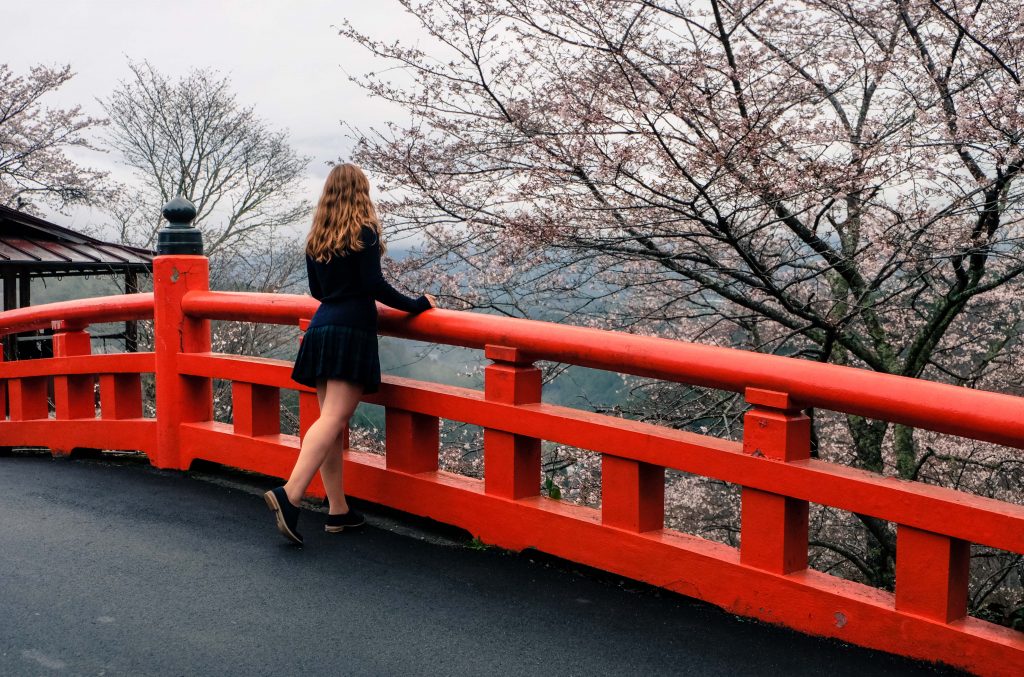
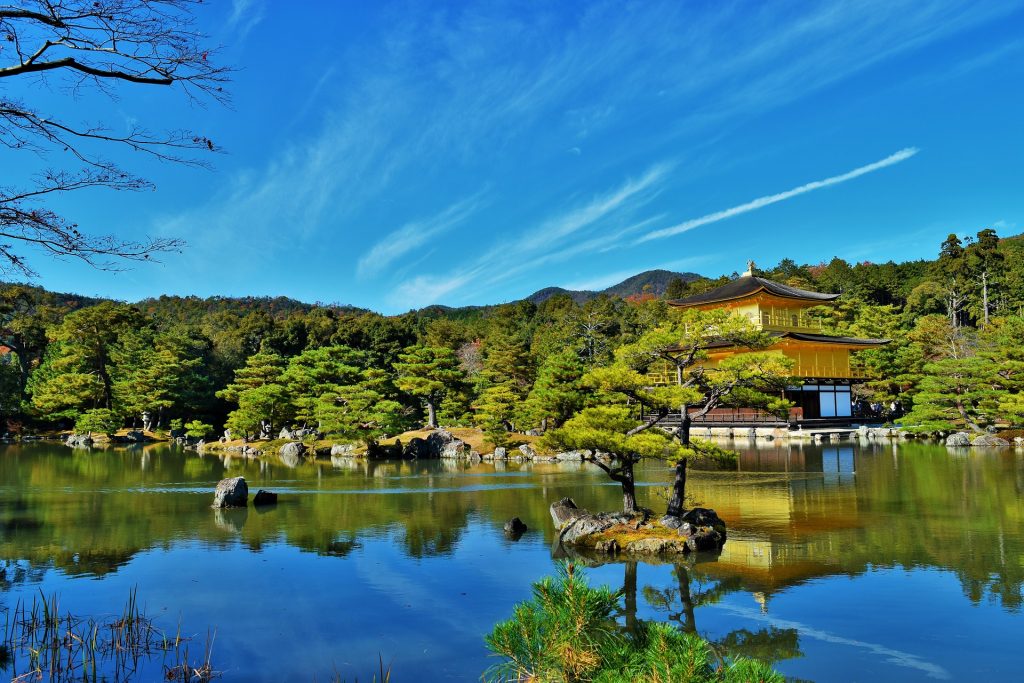
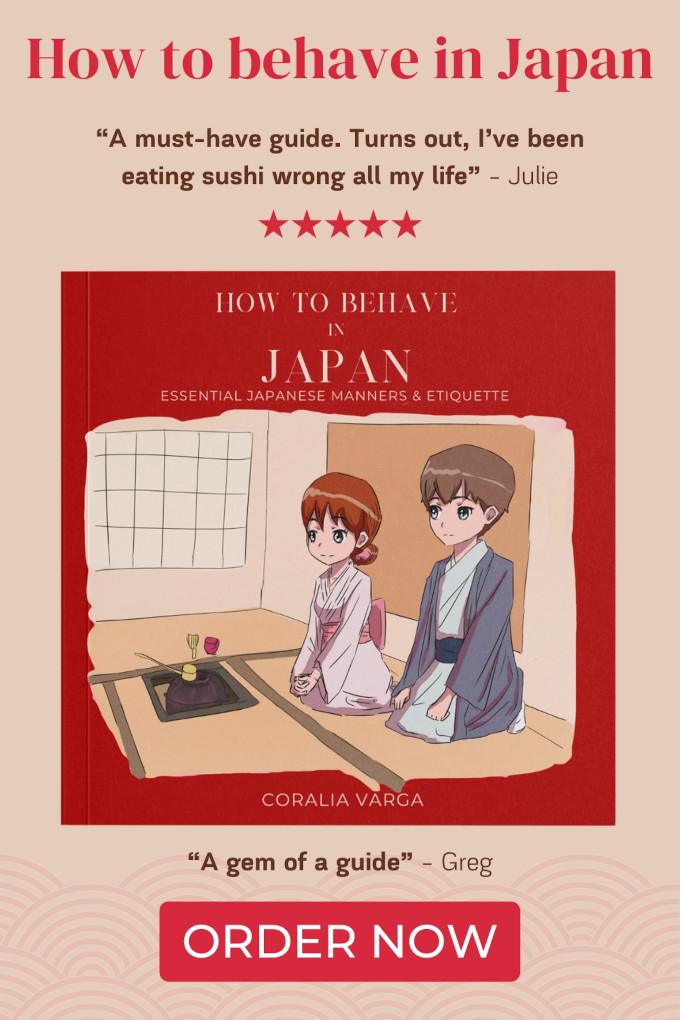

Leave a Reply